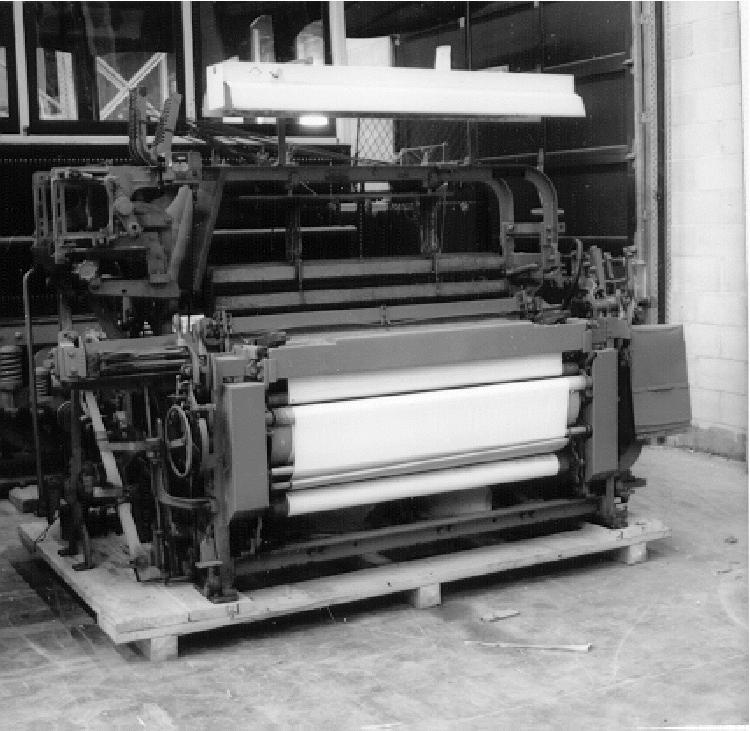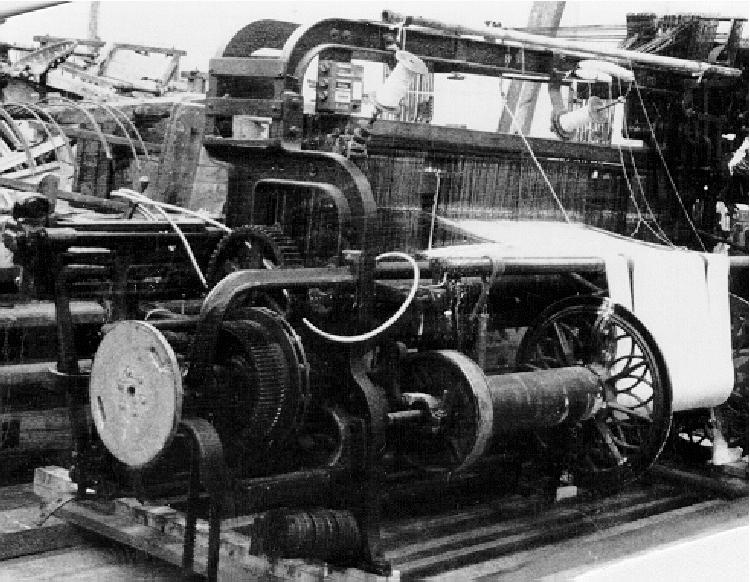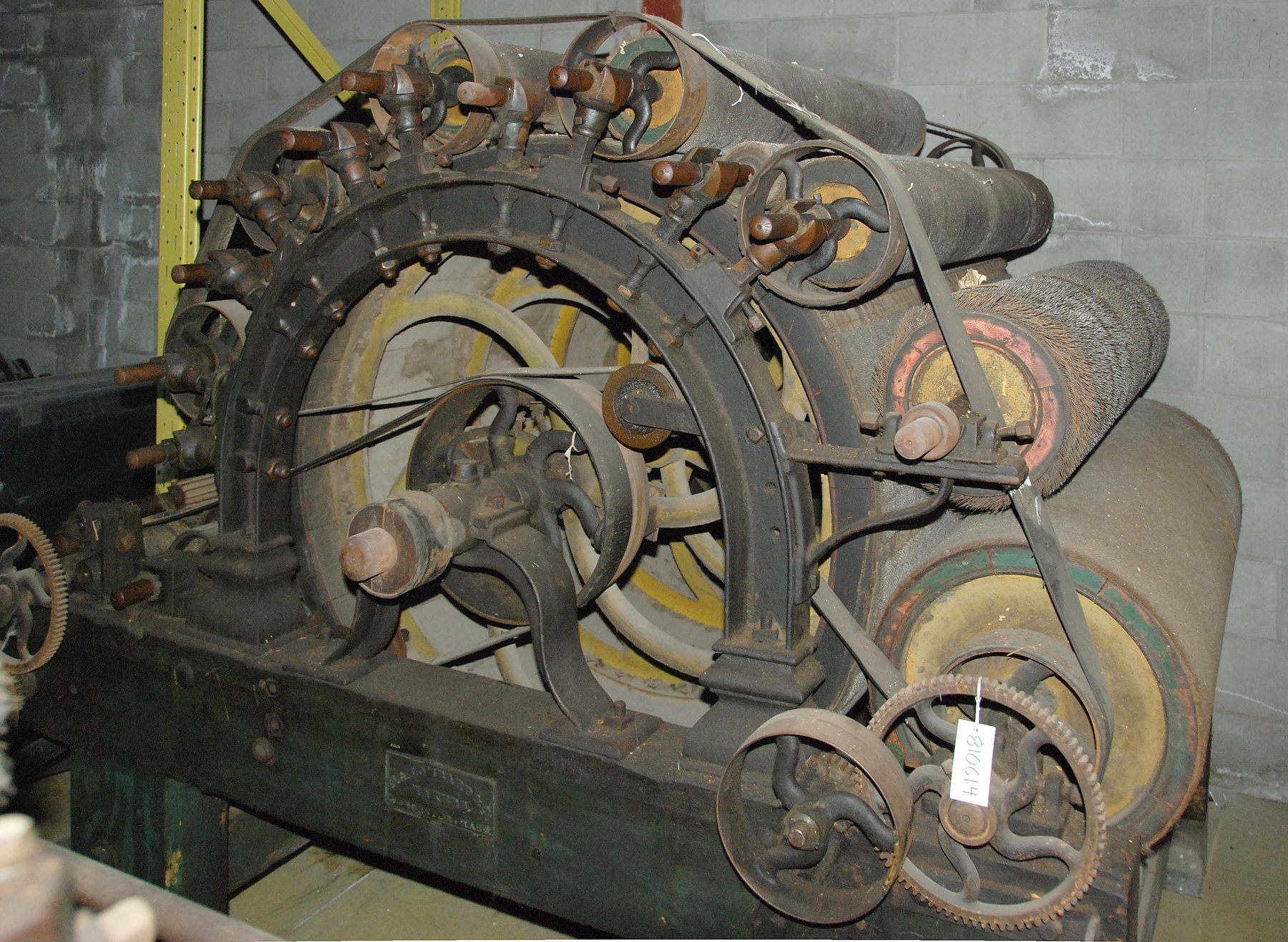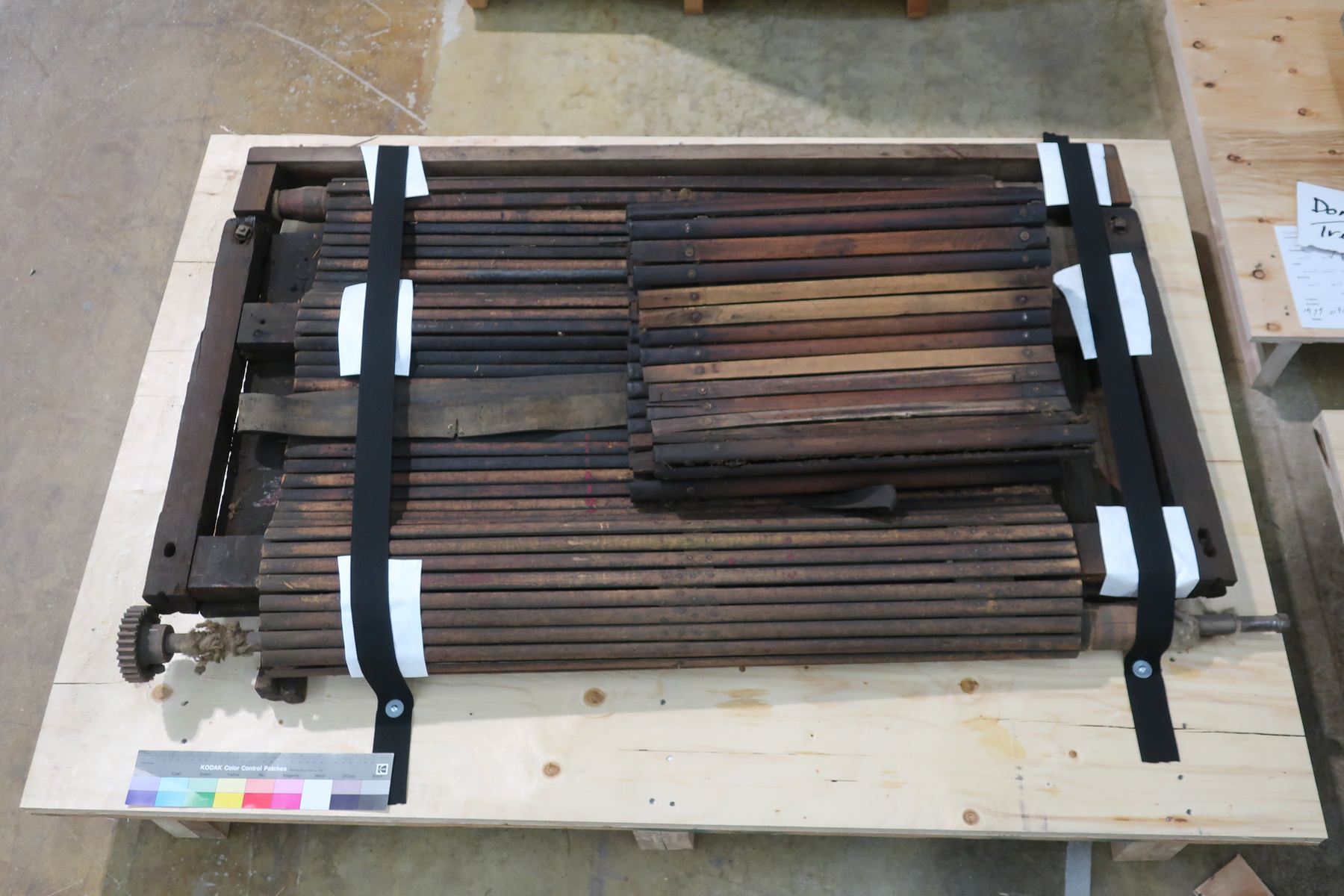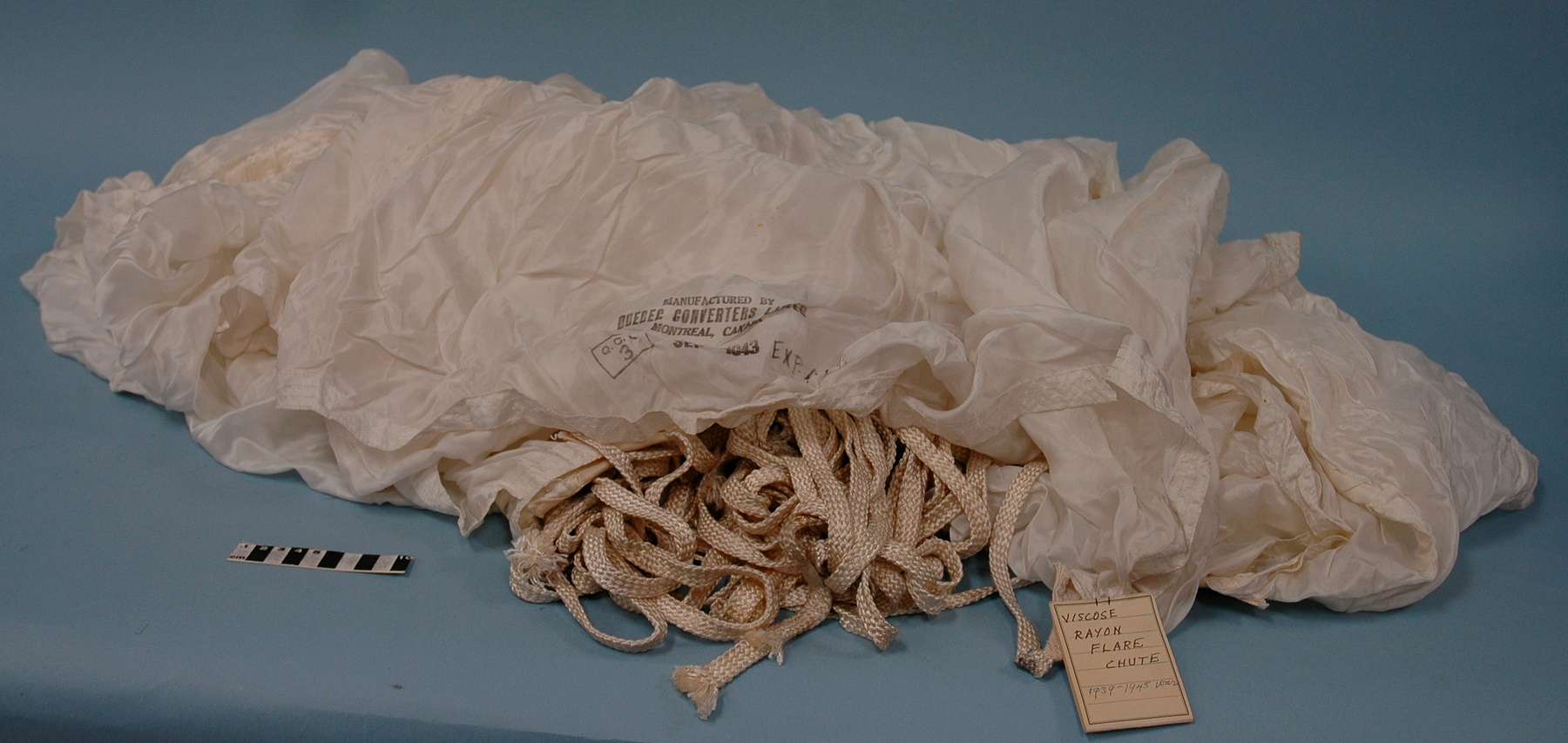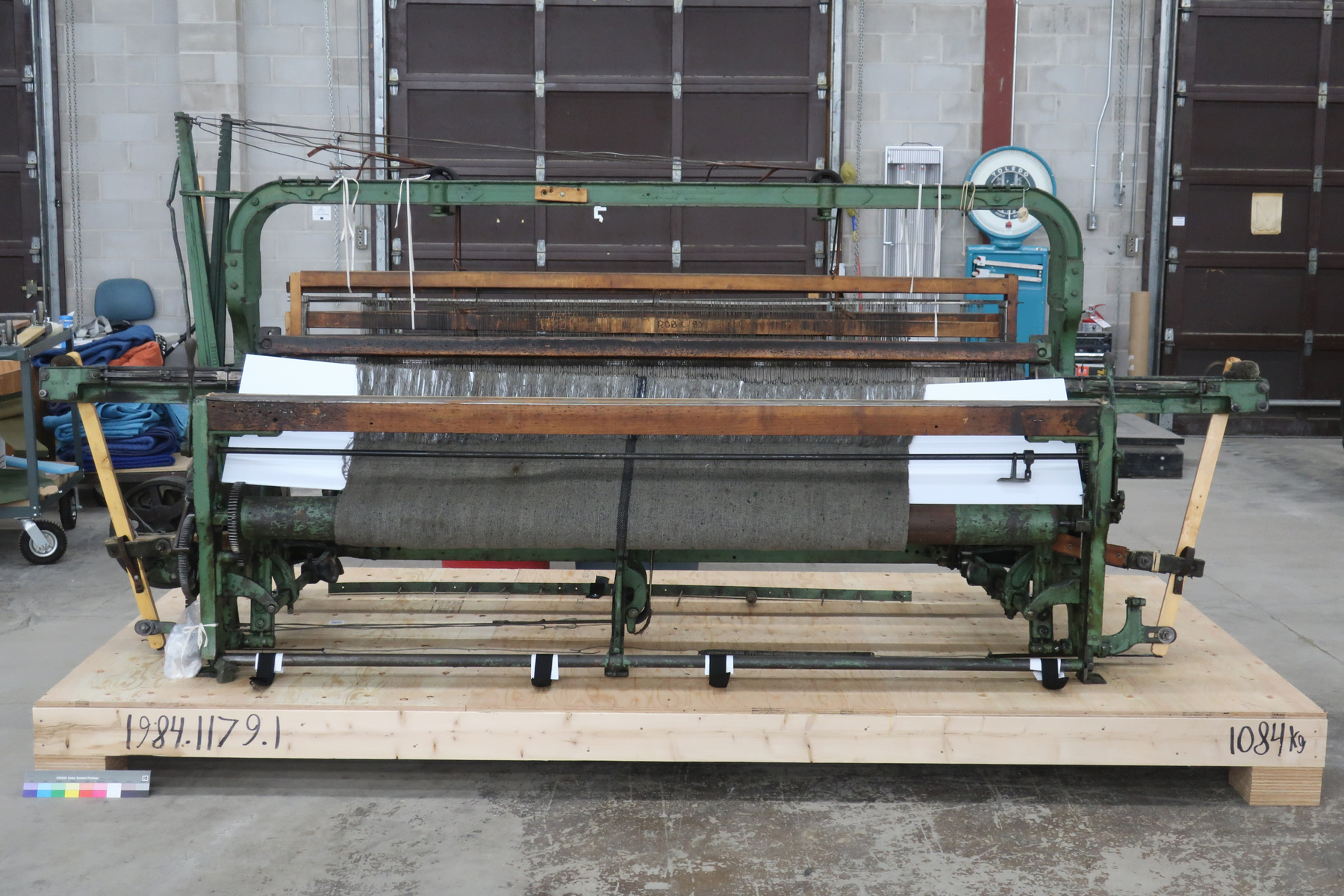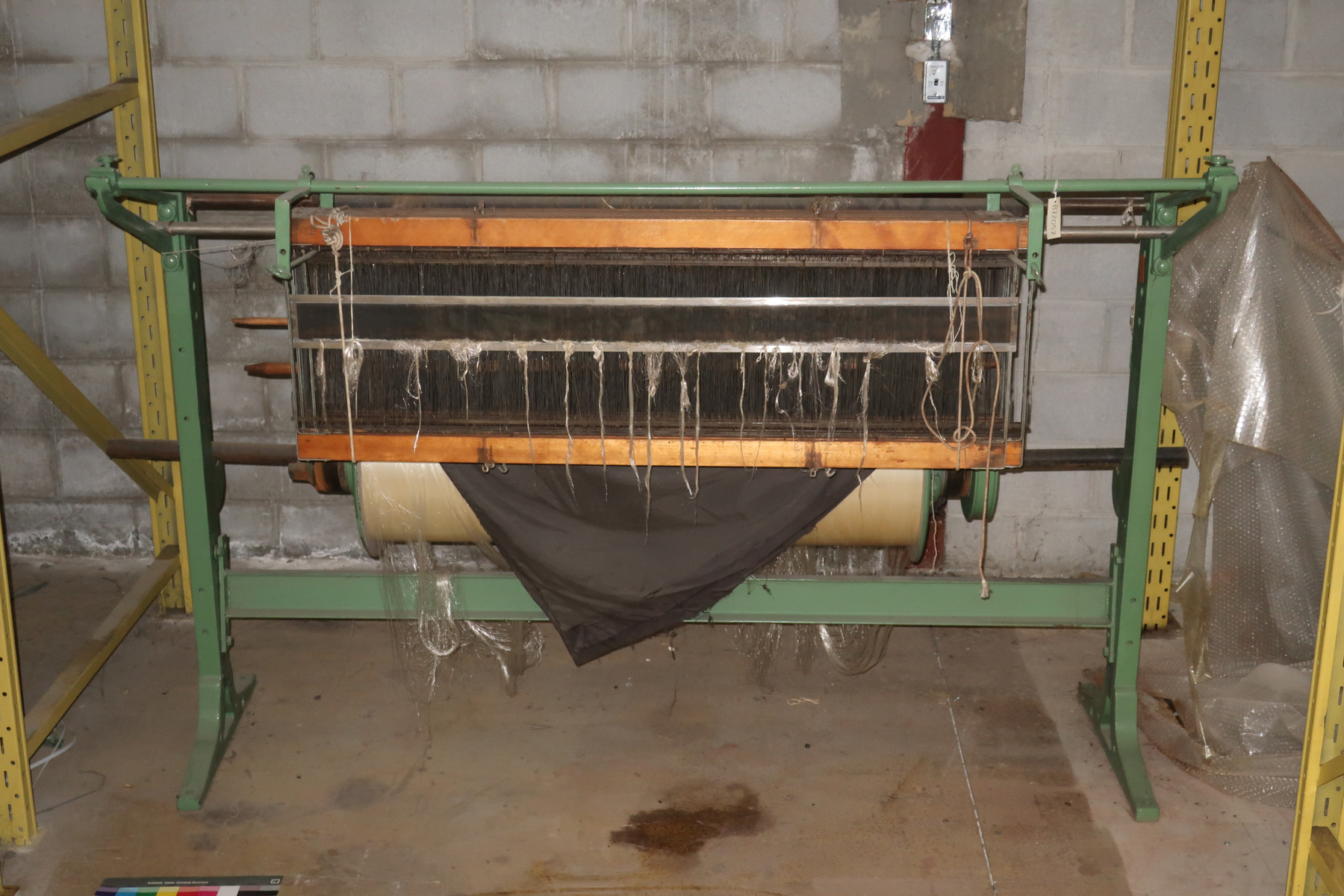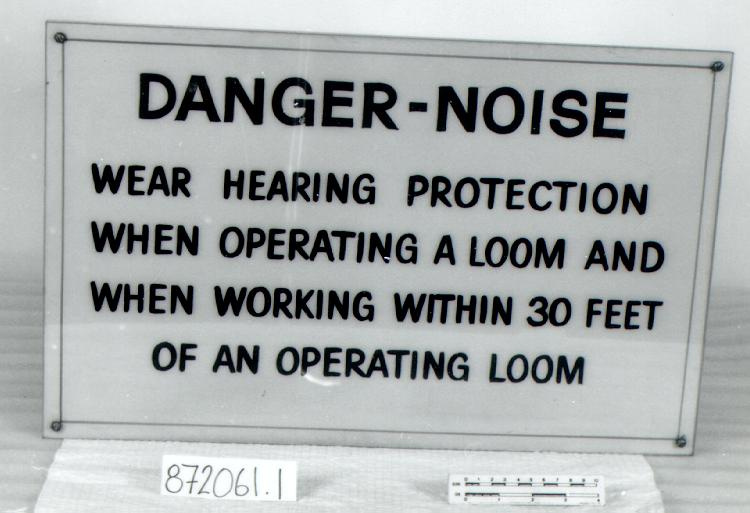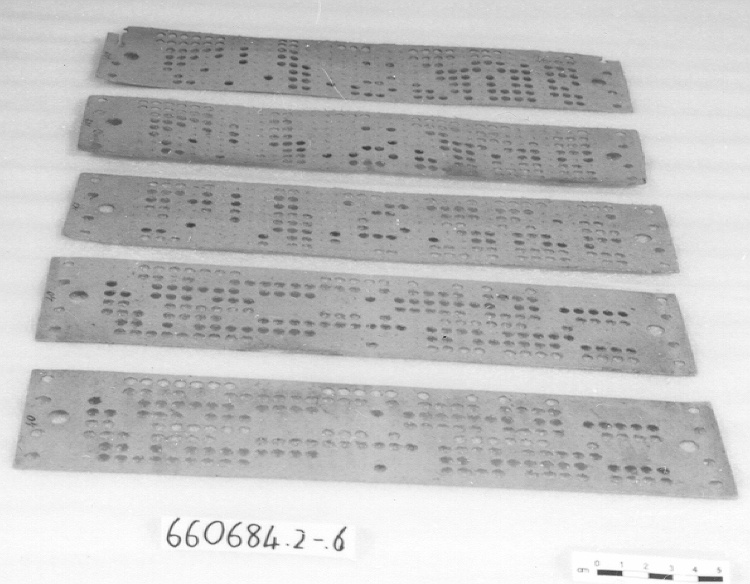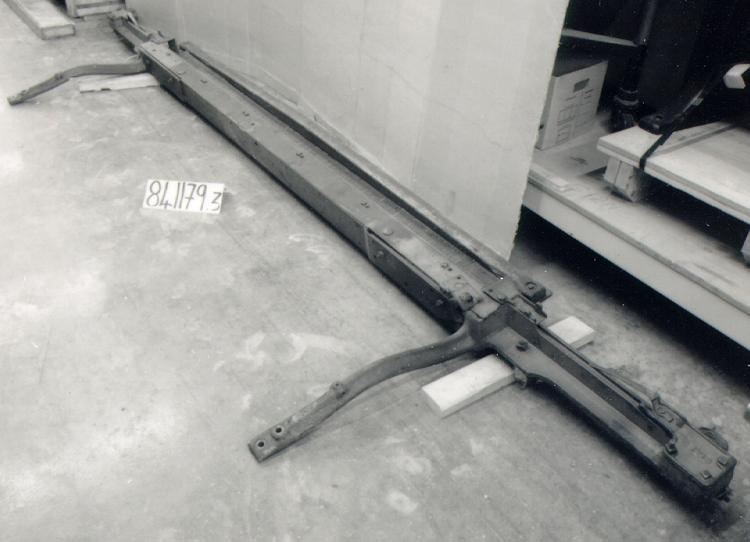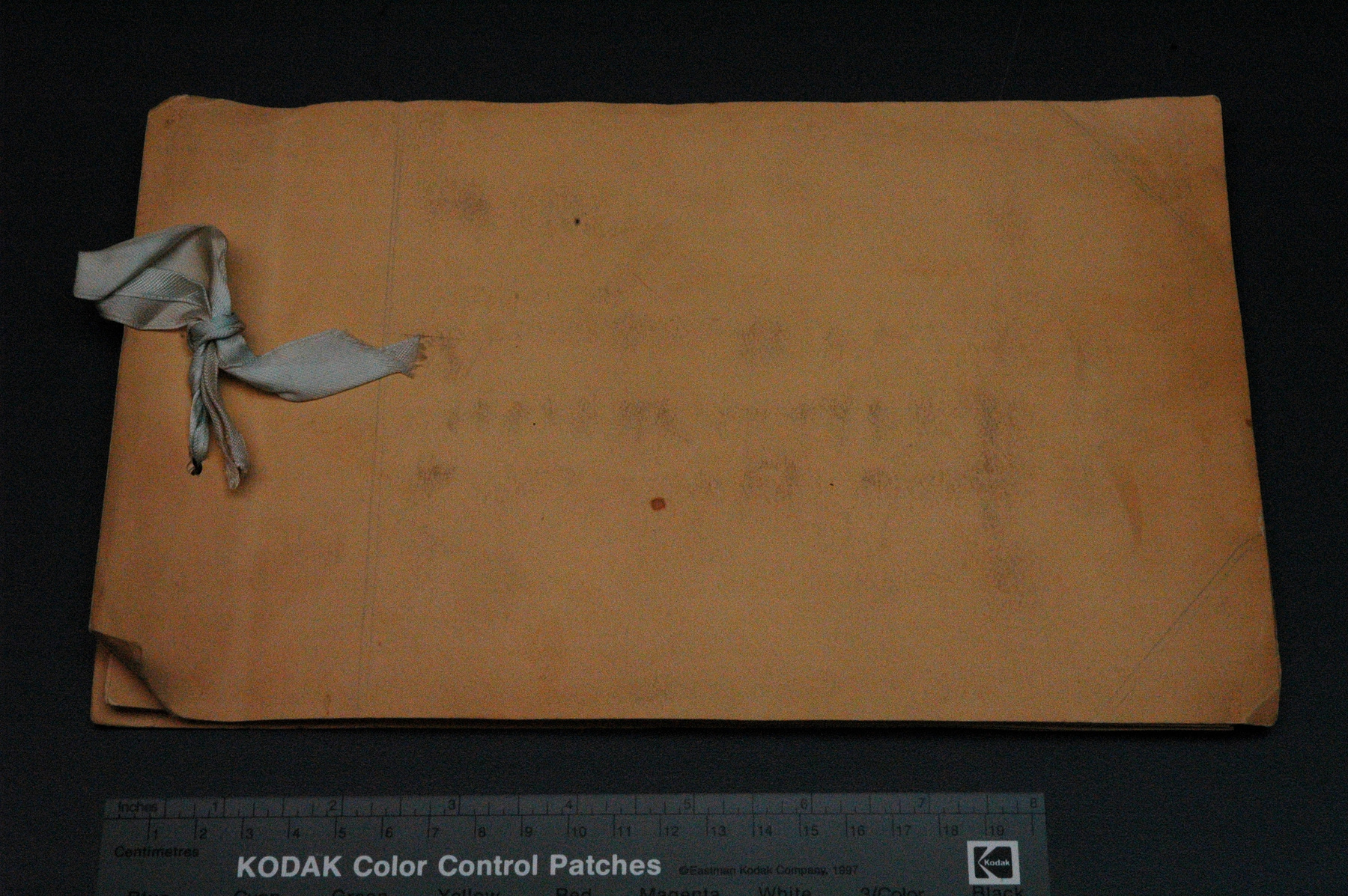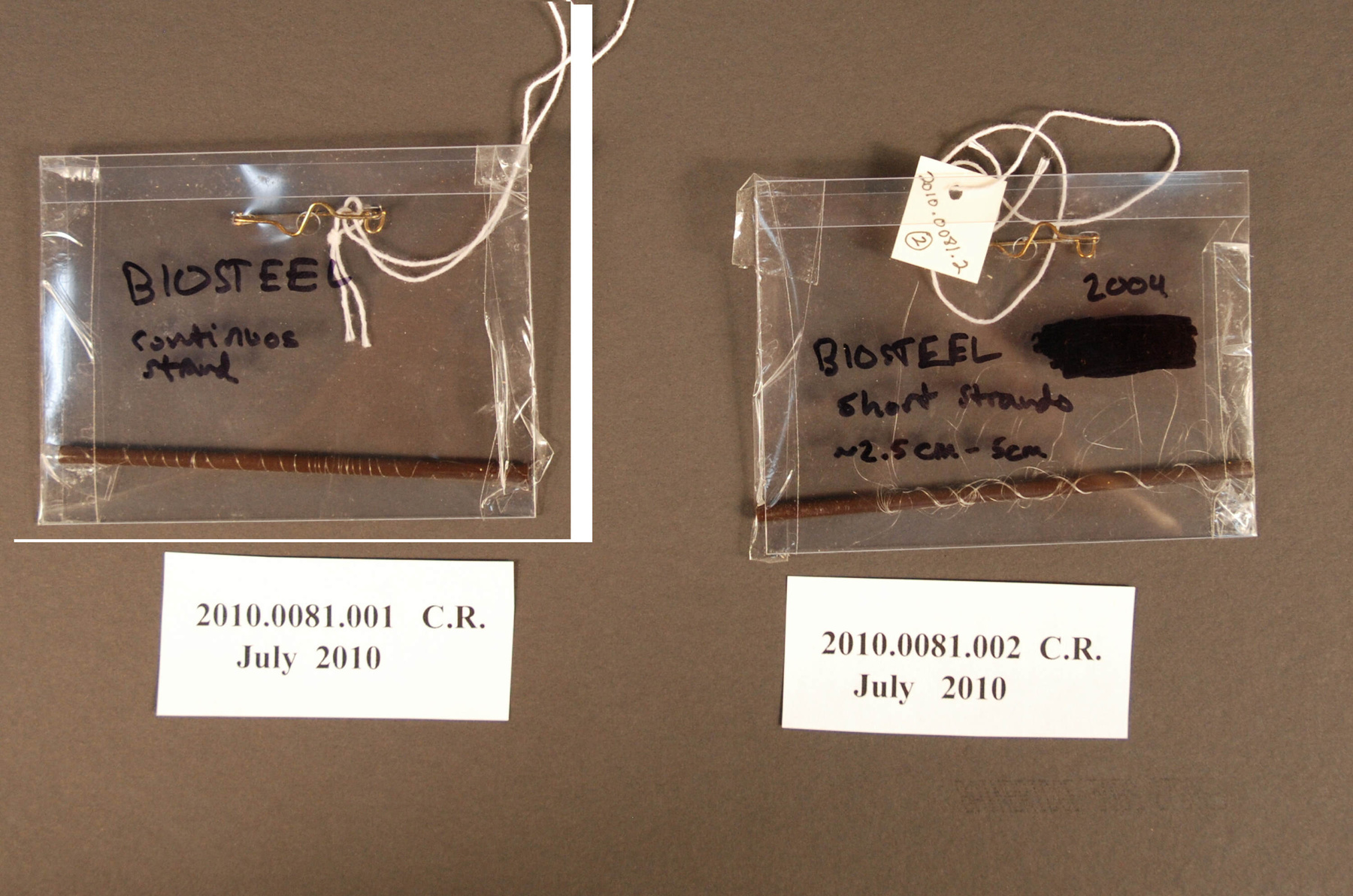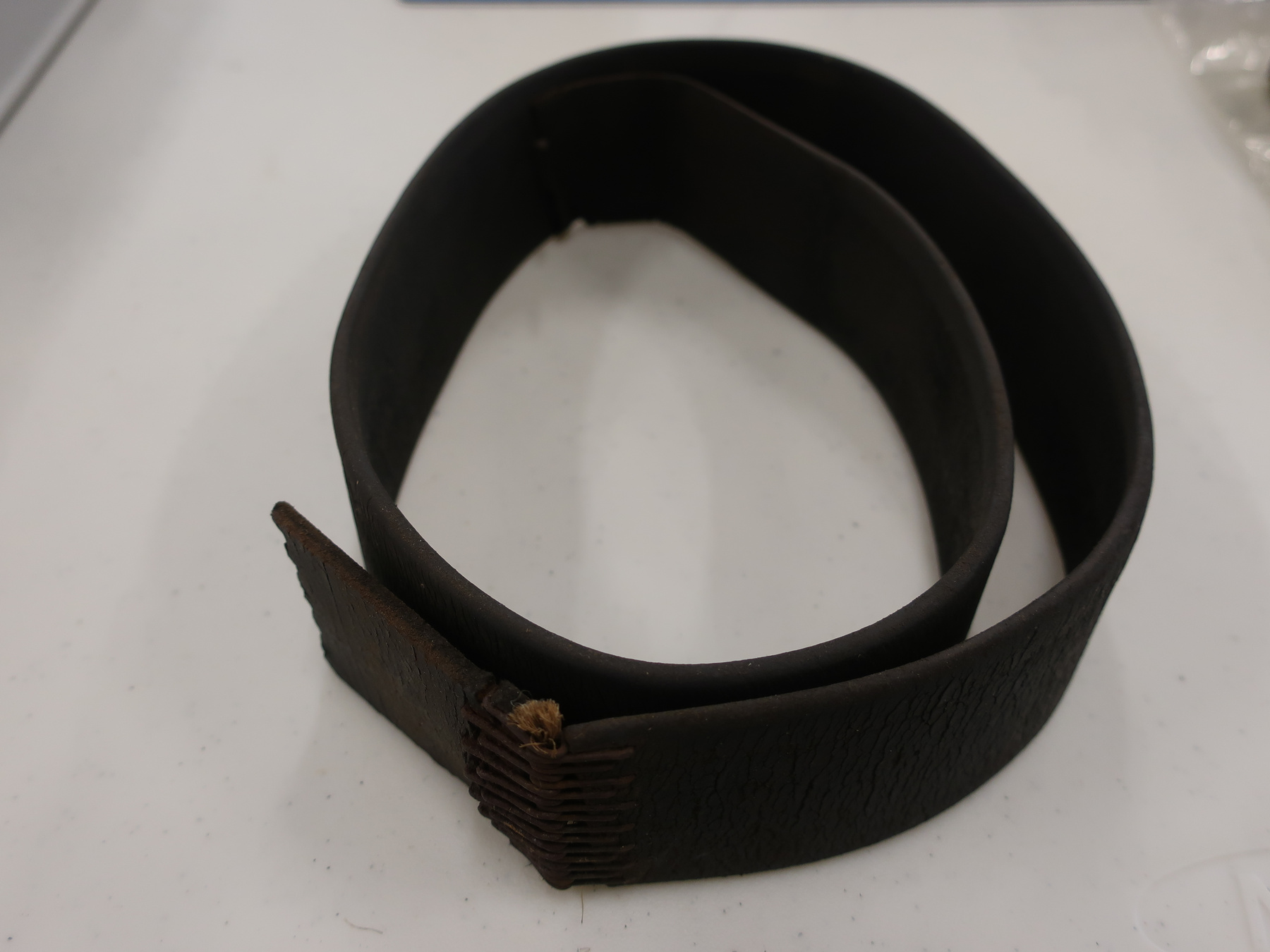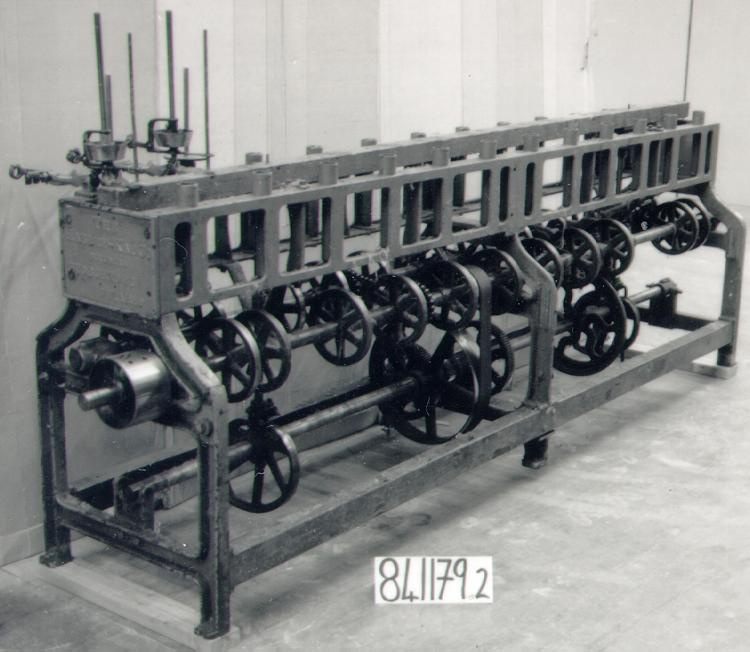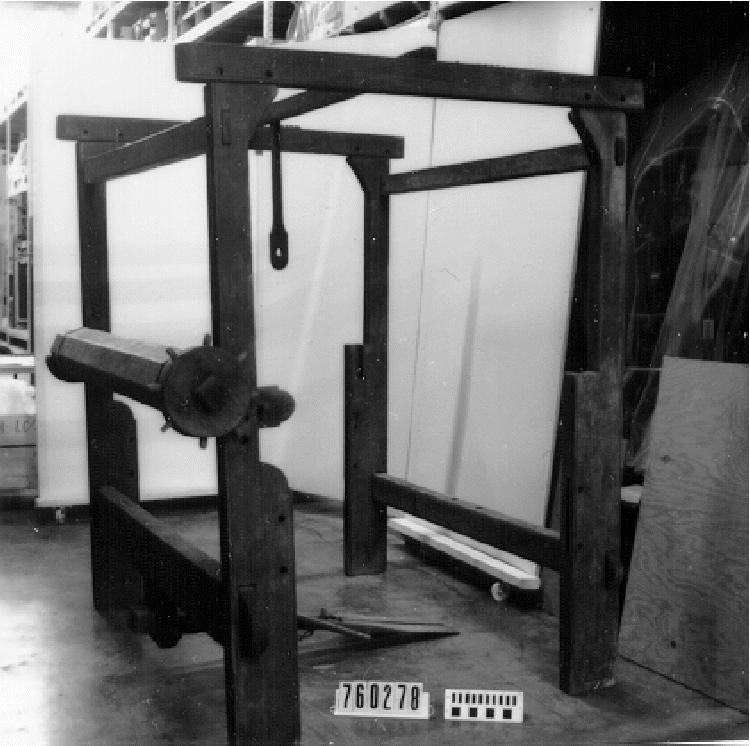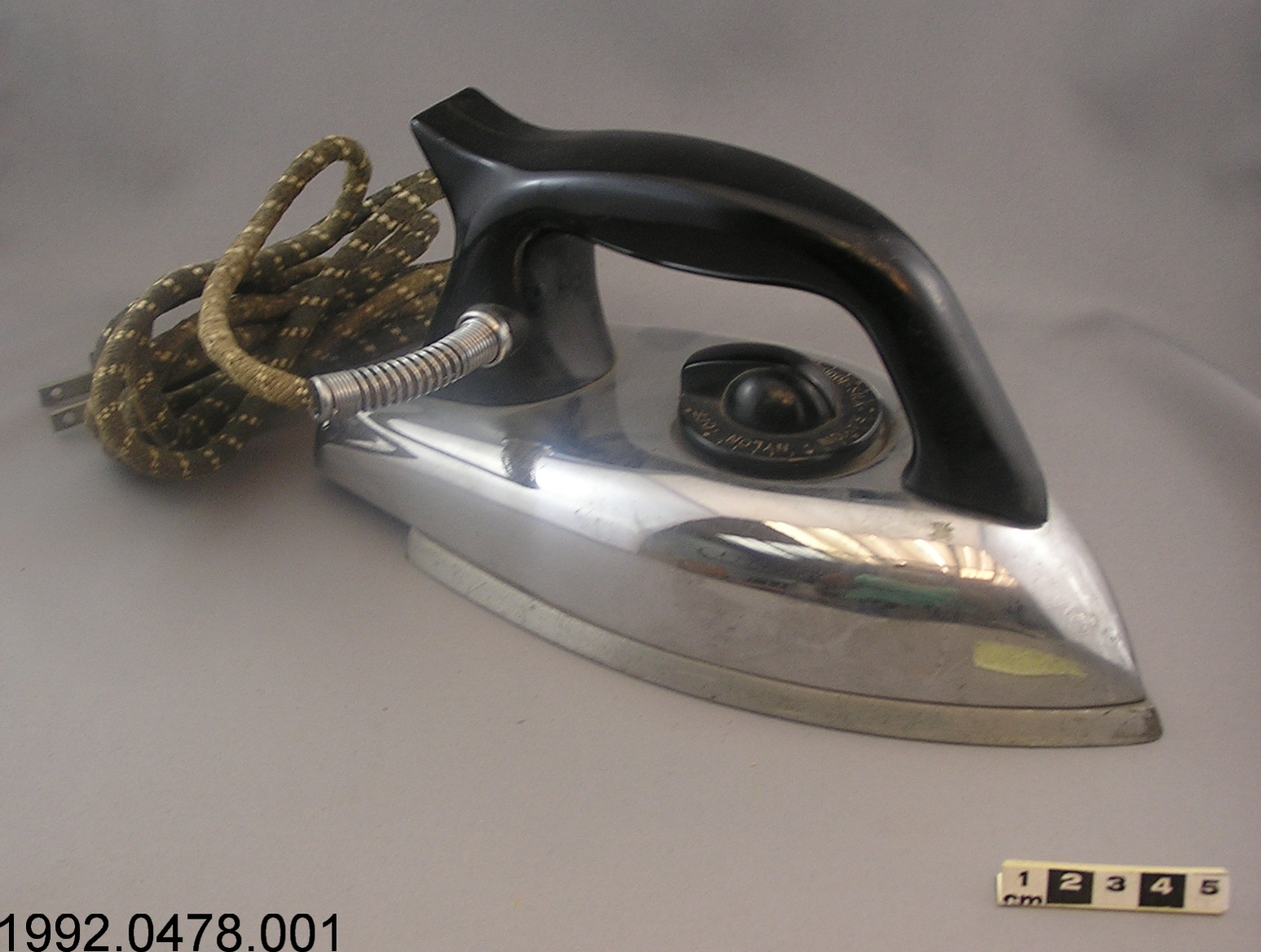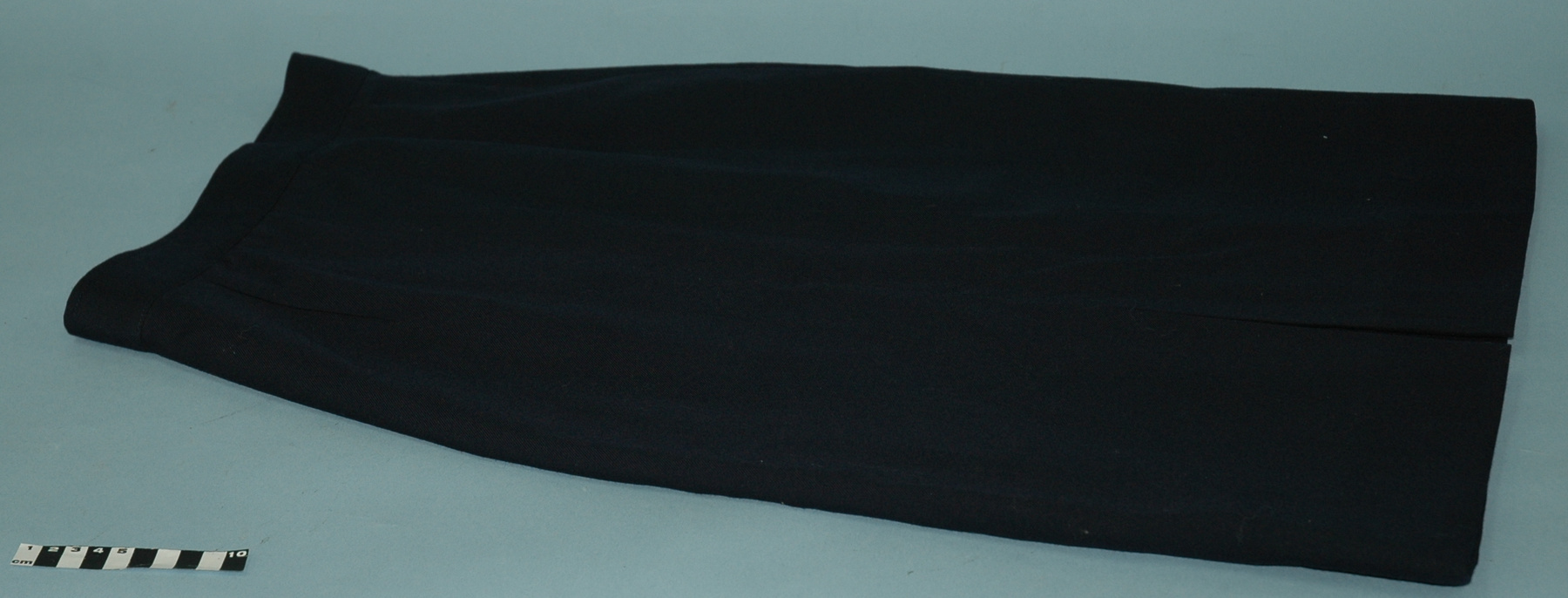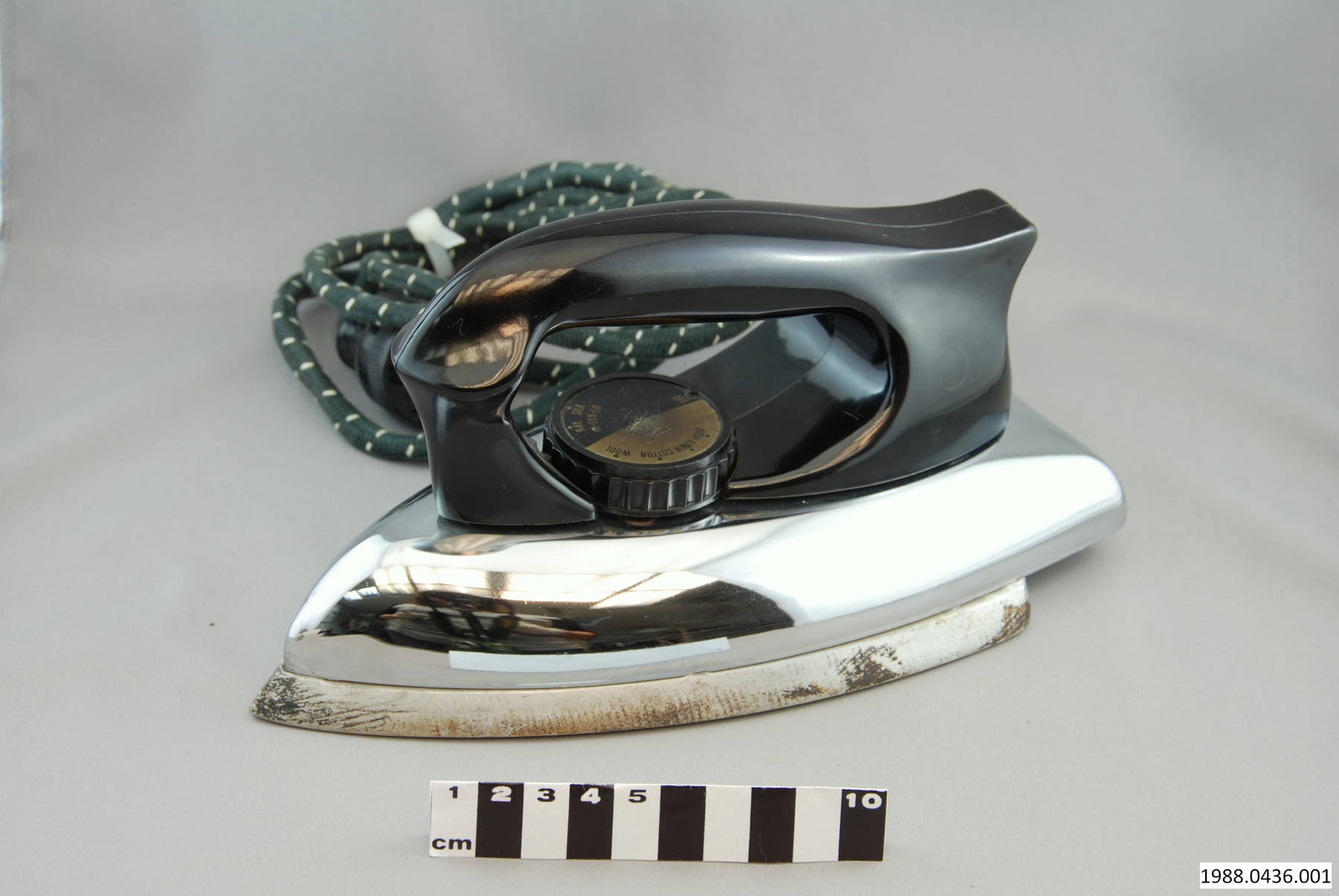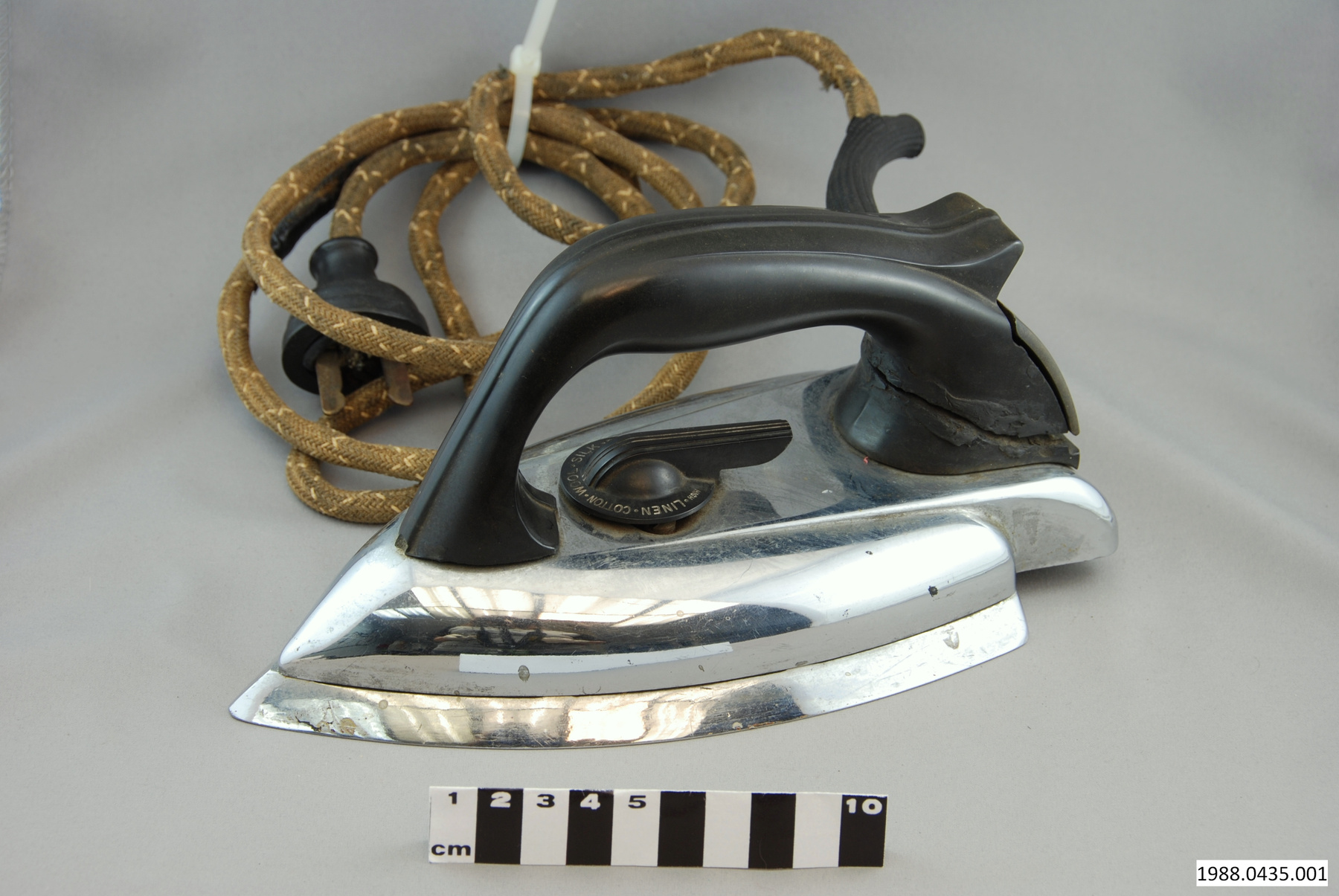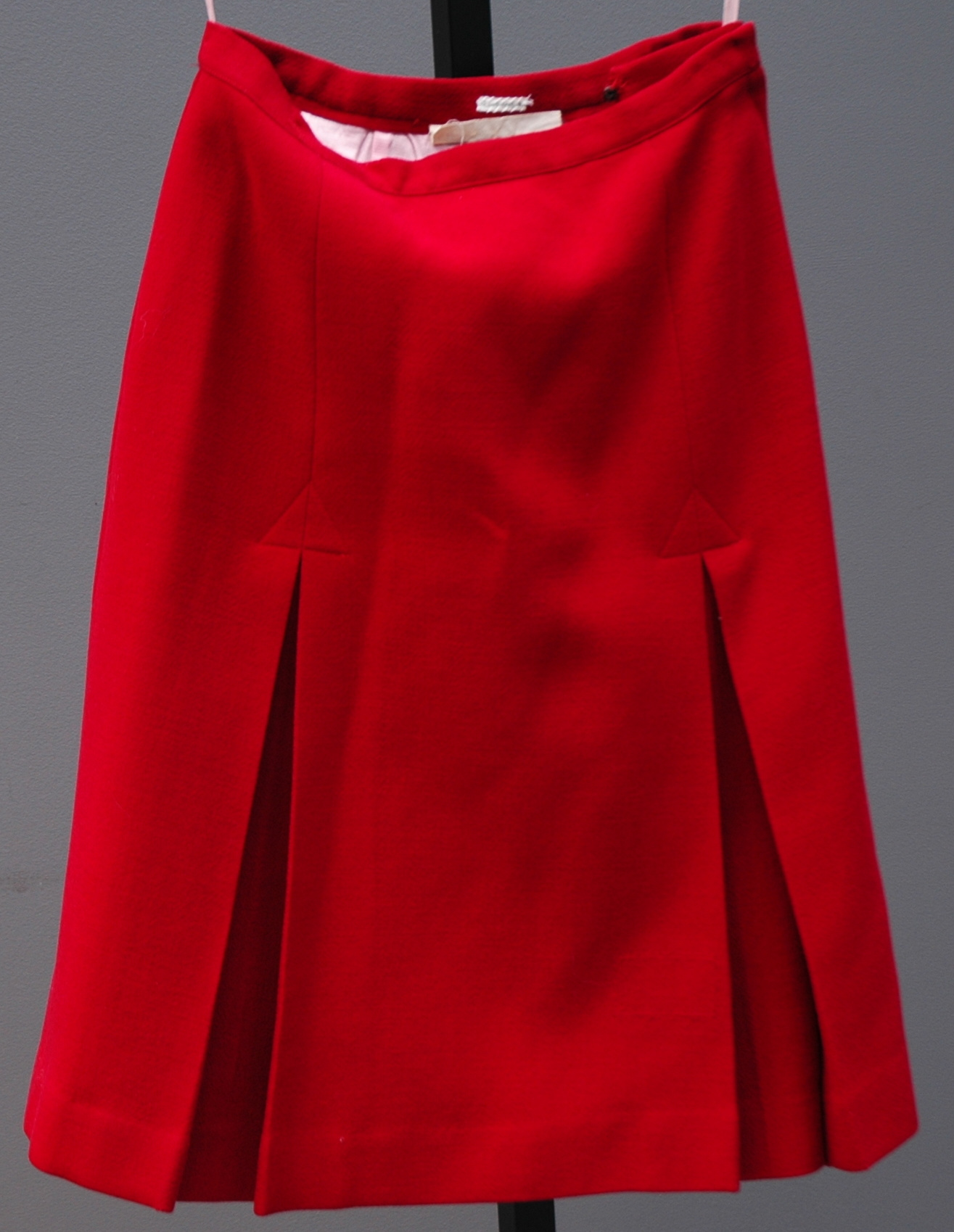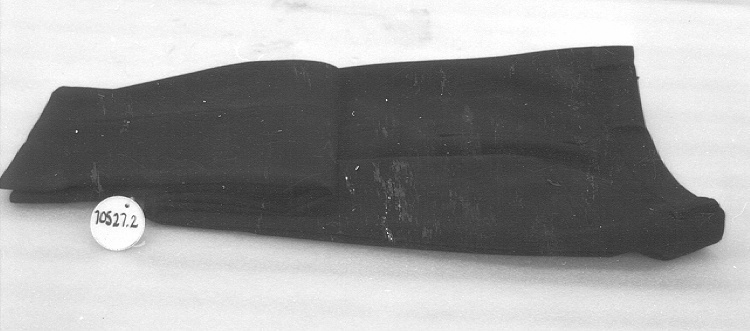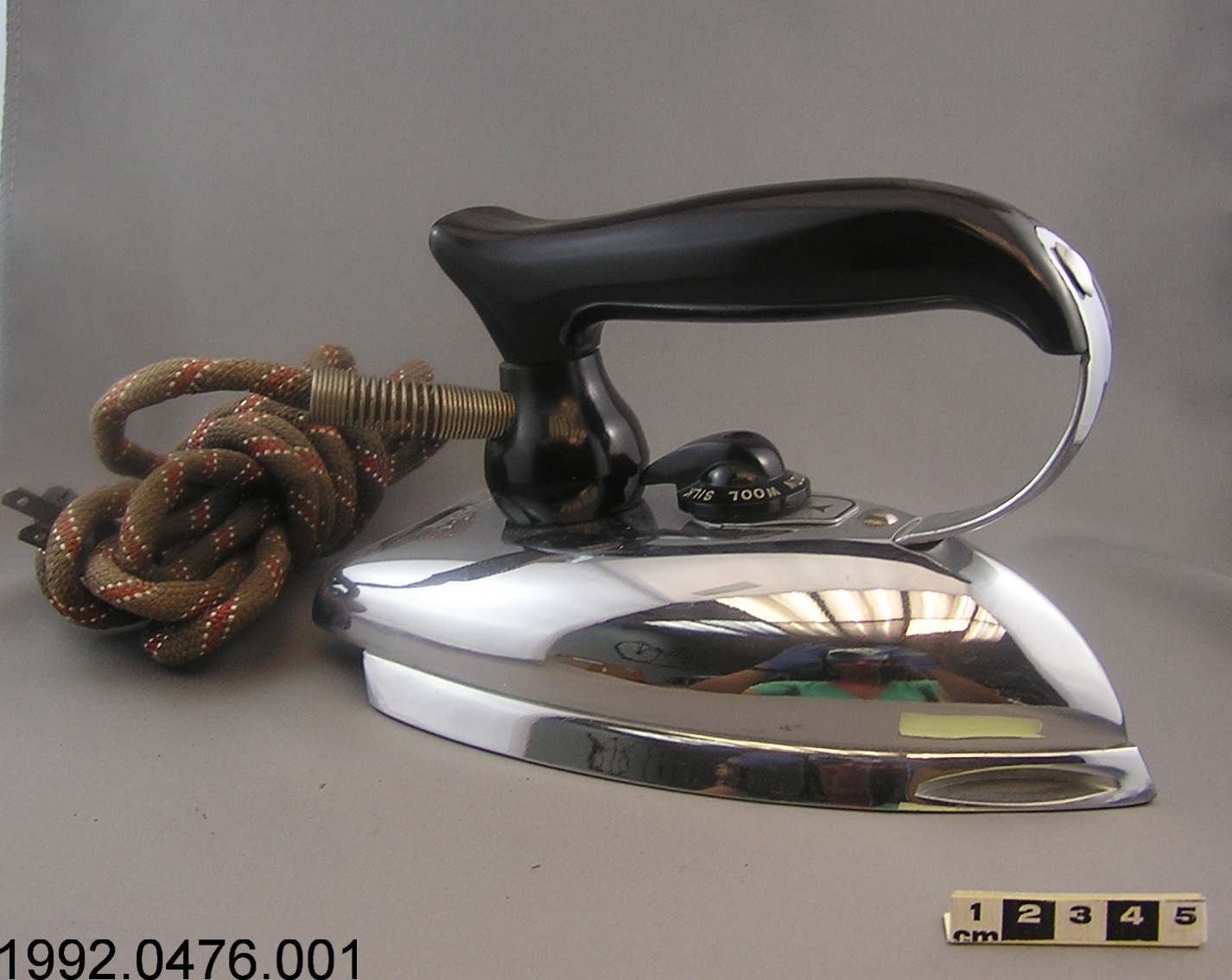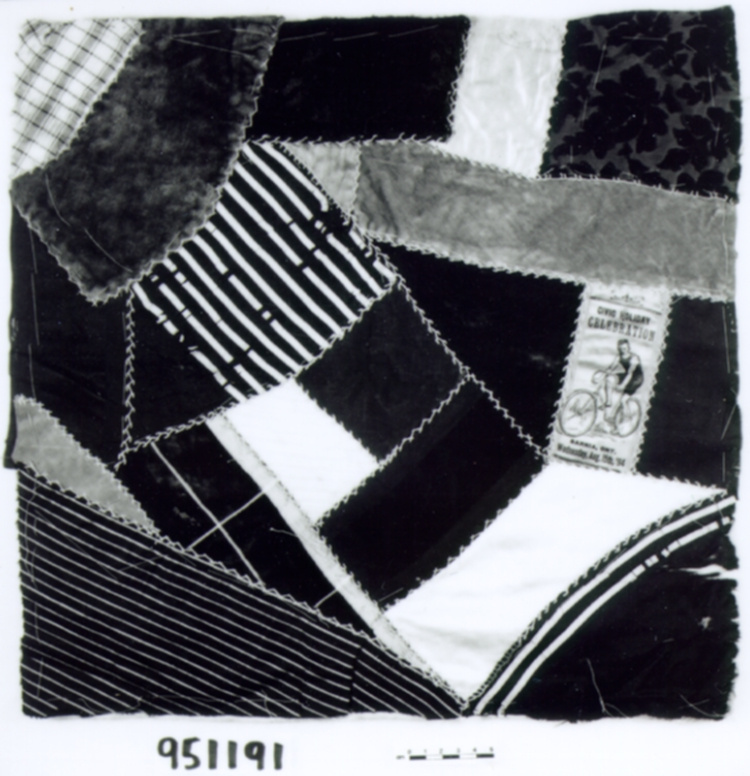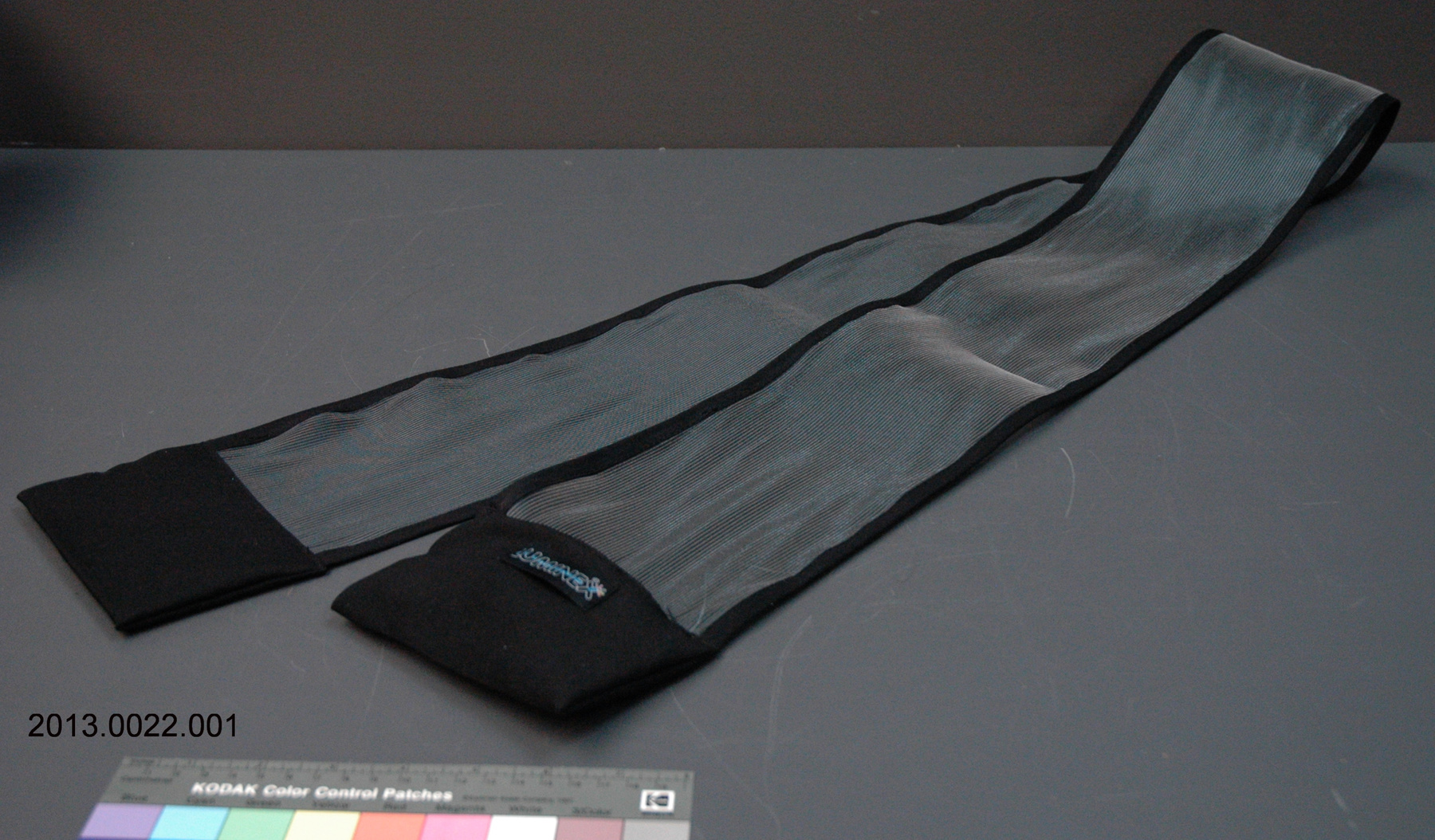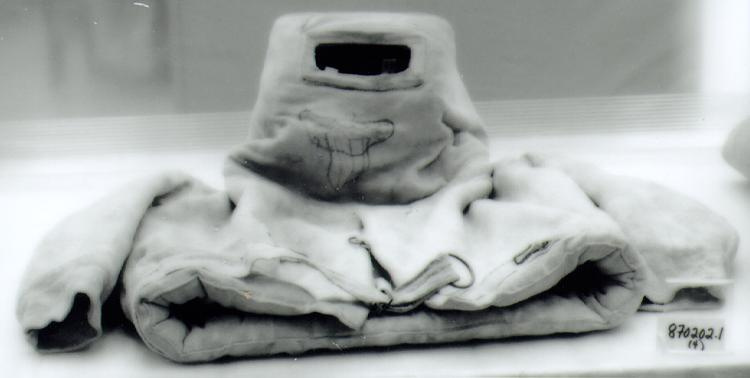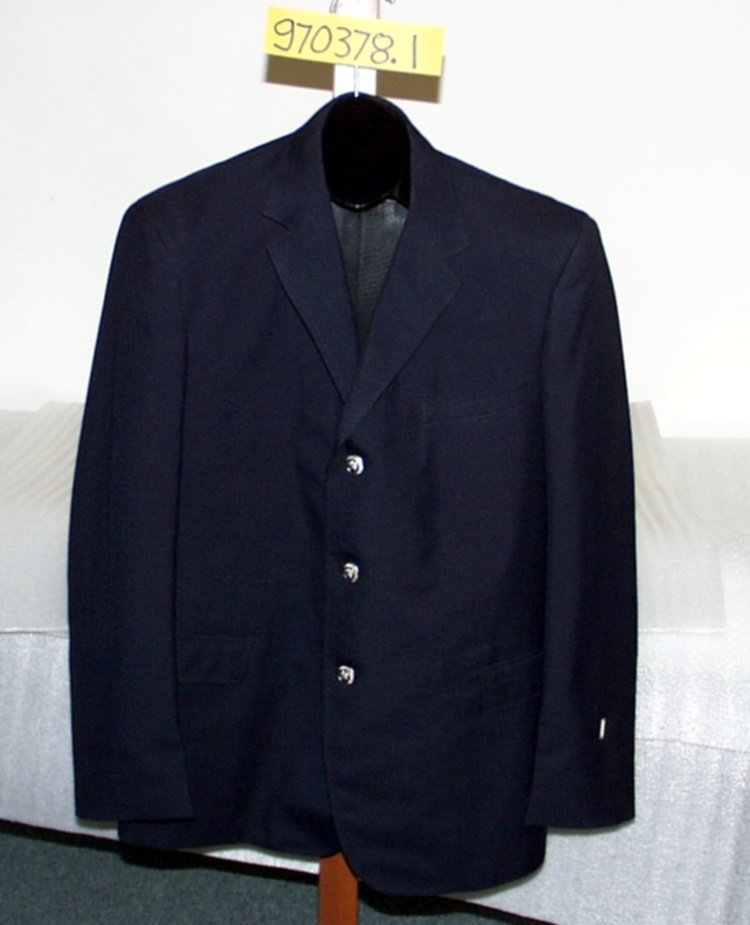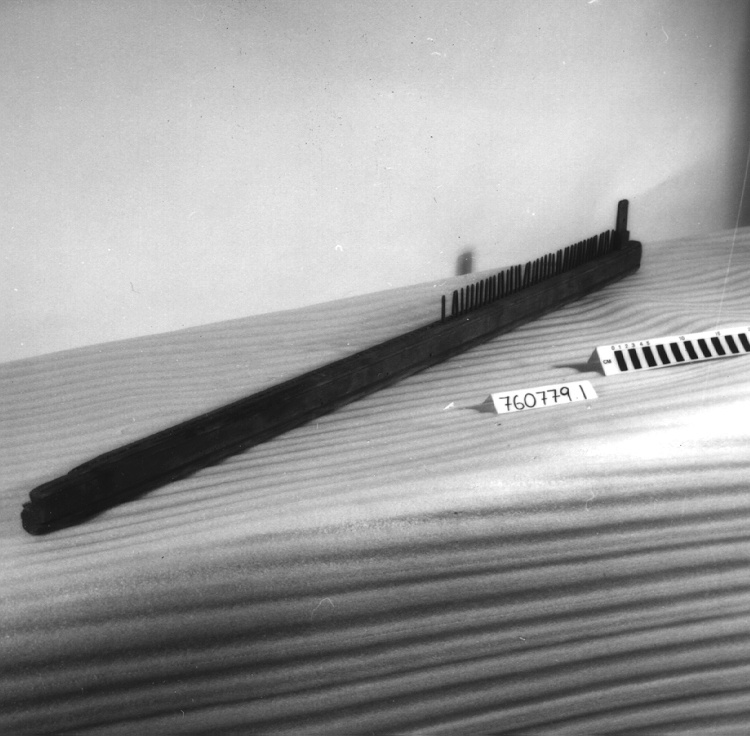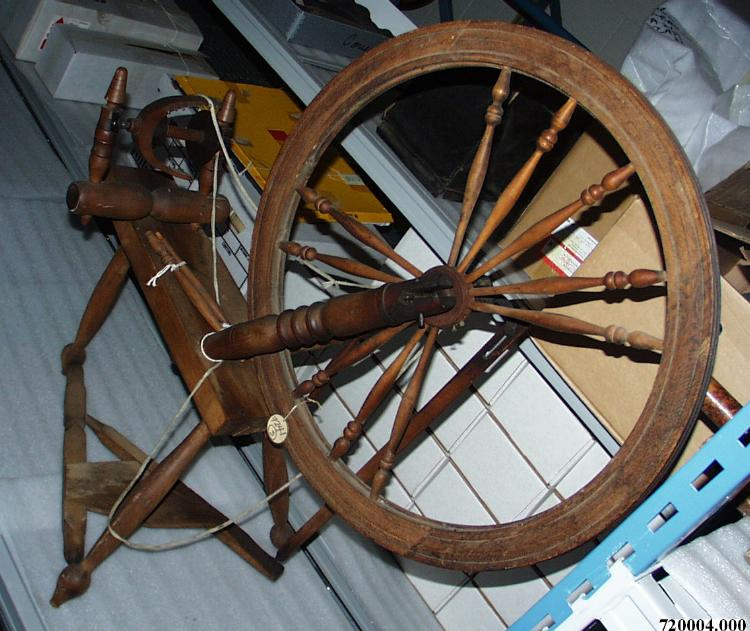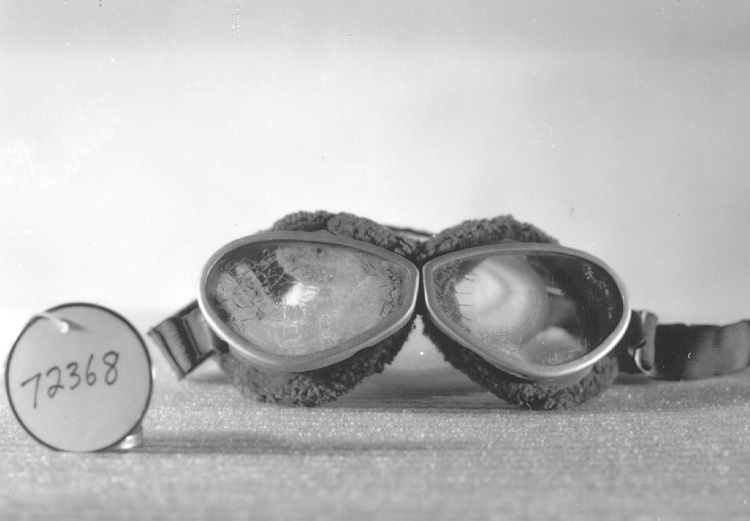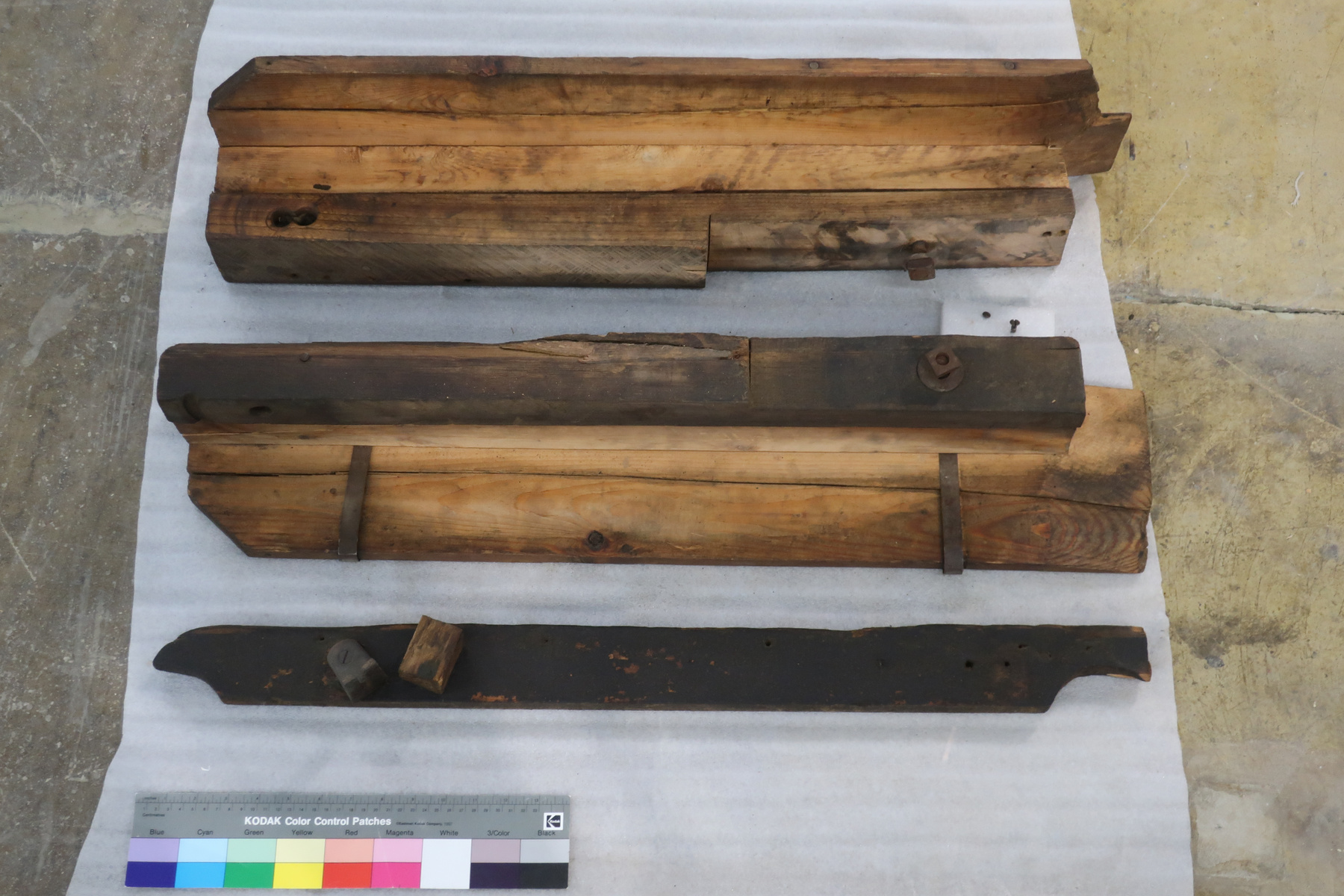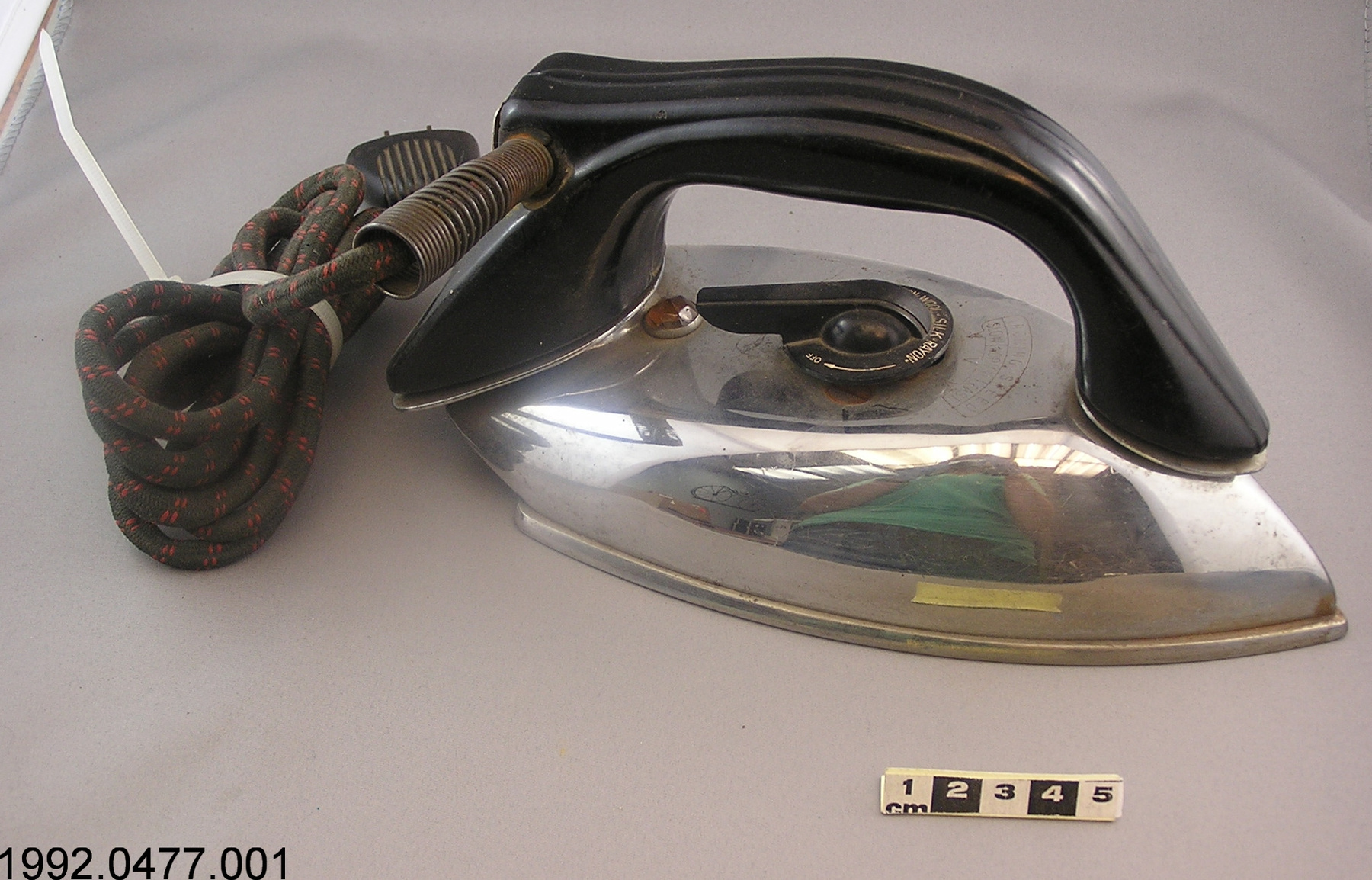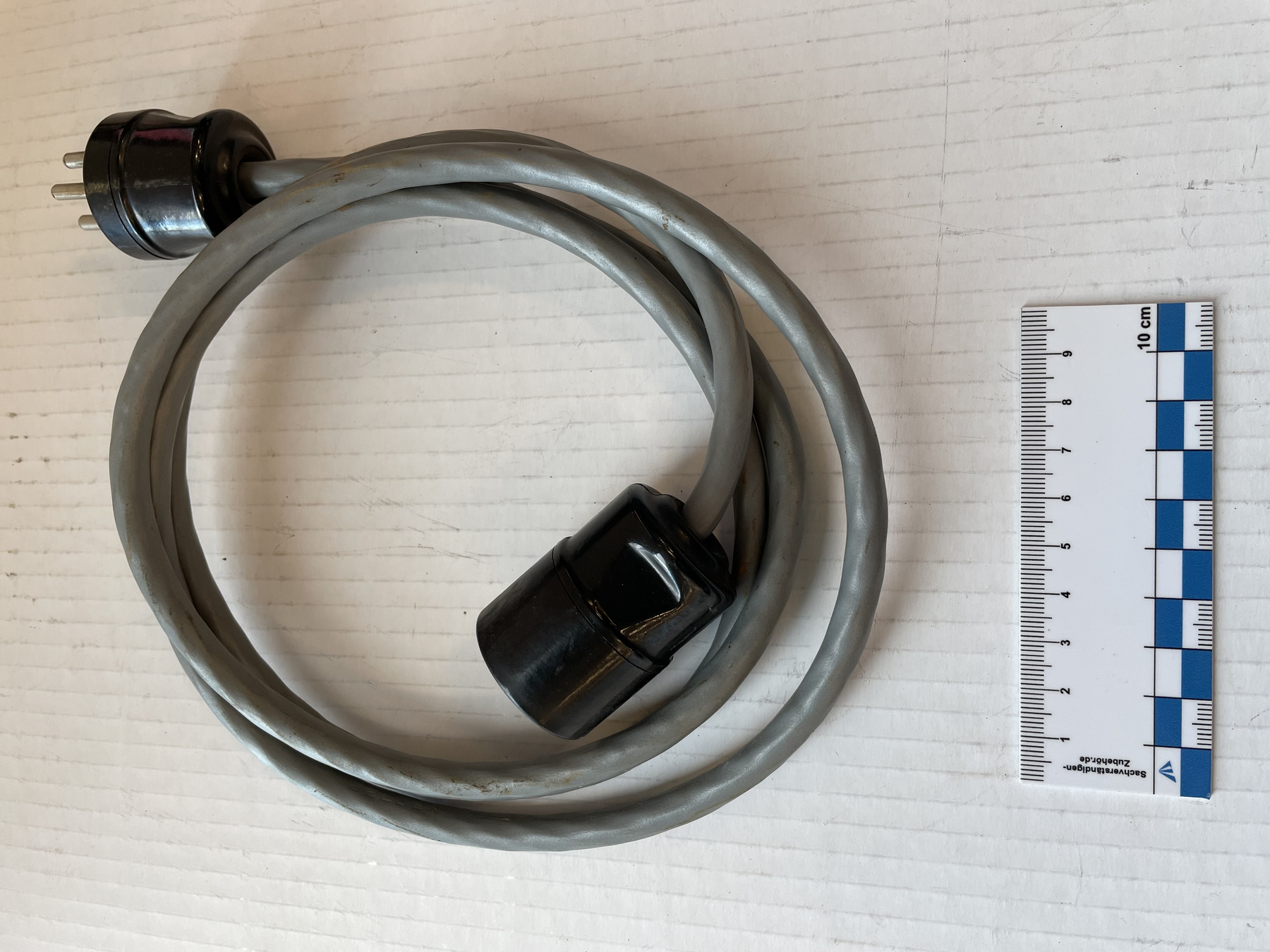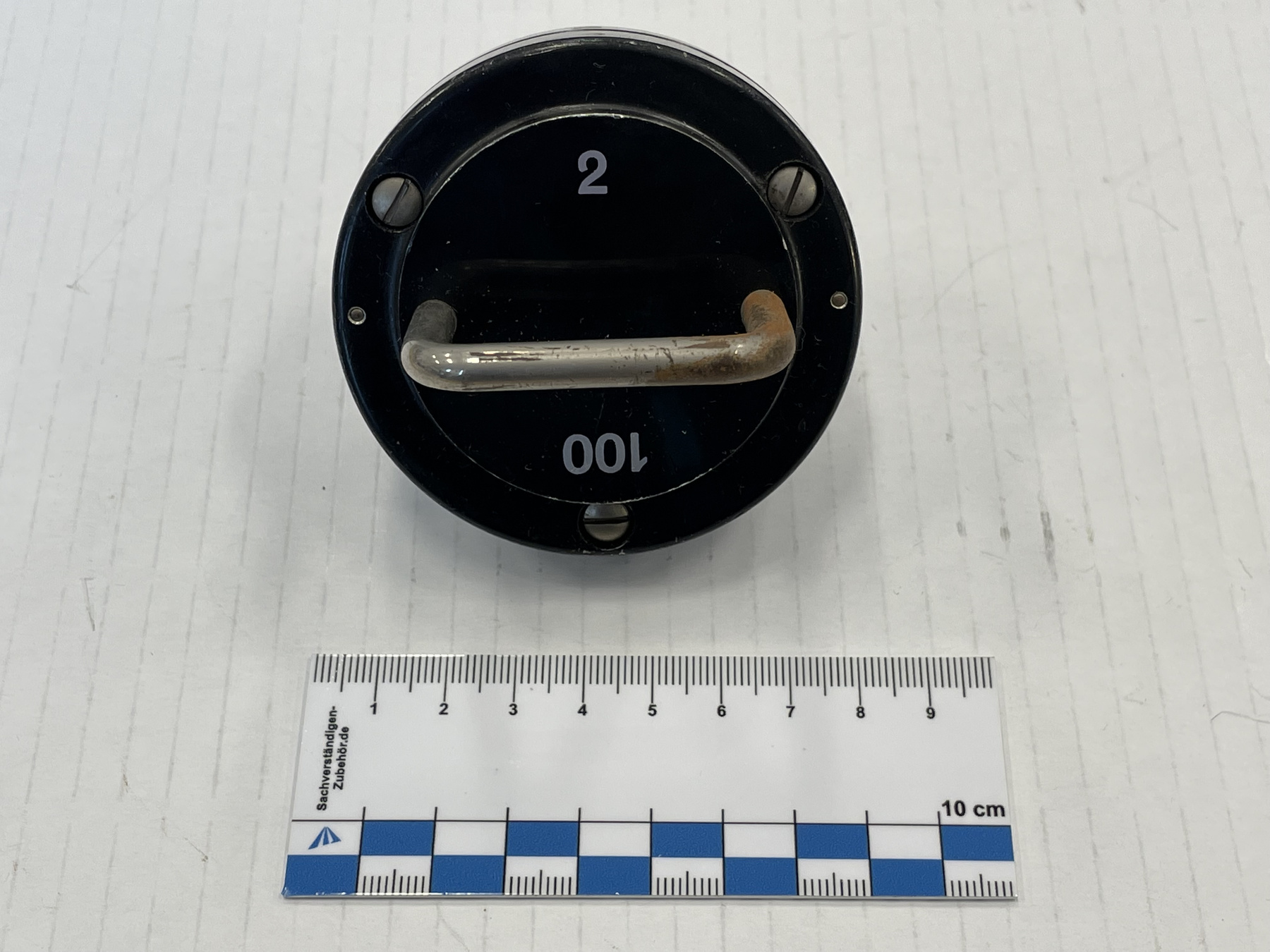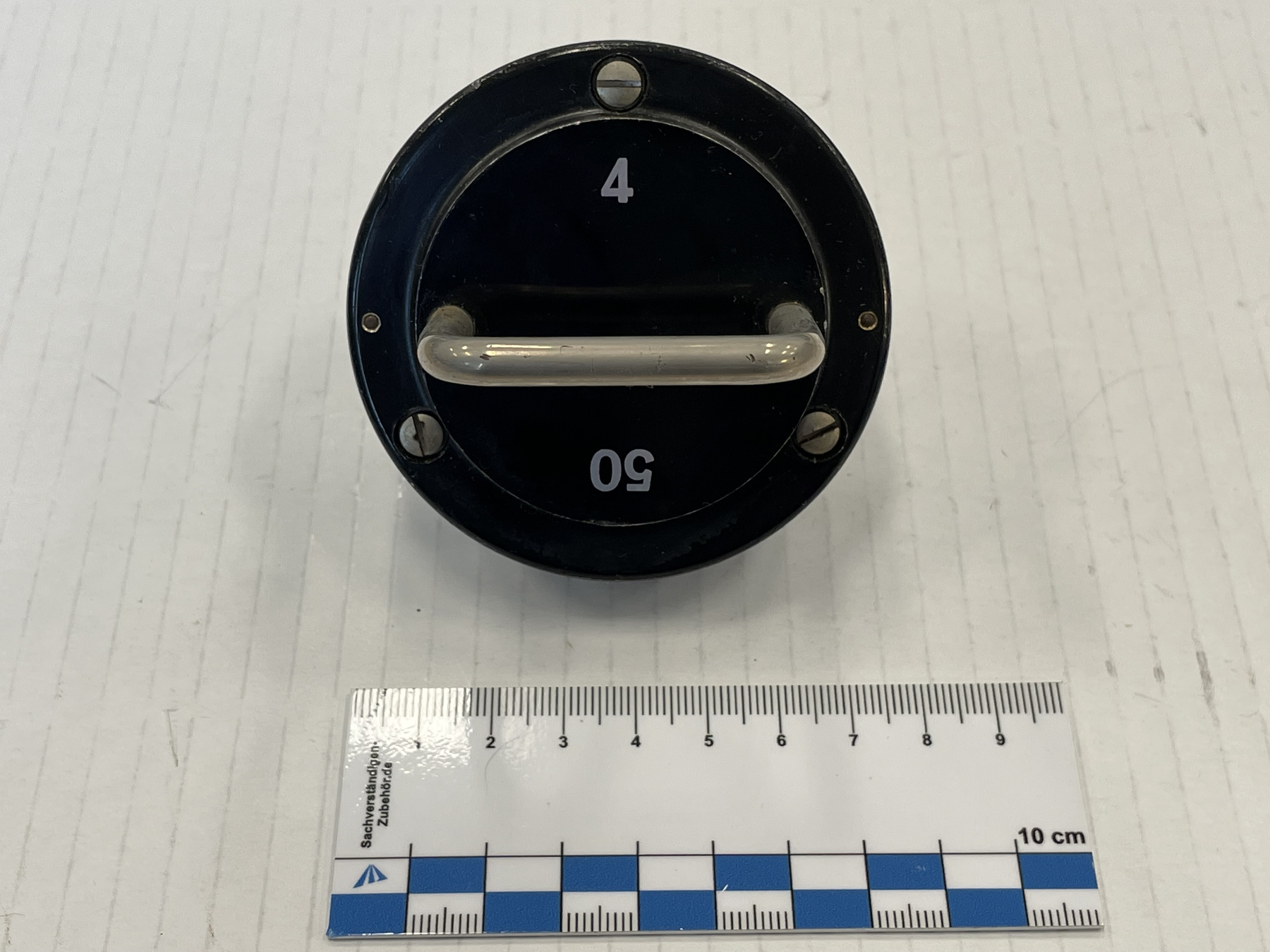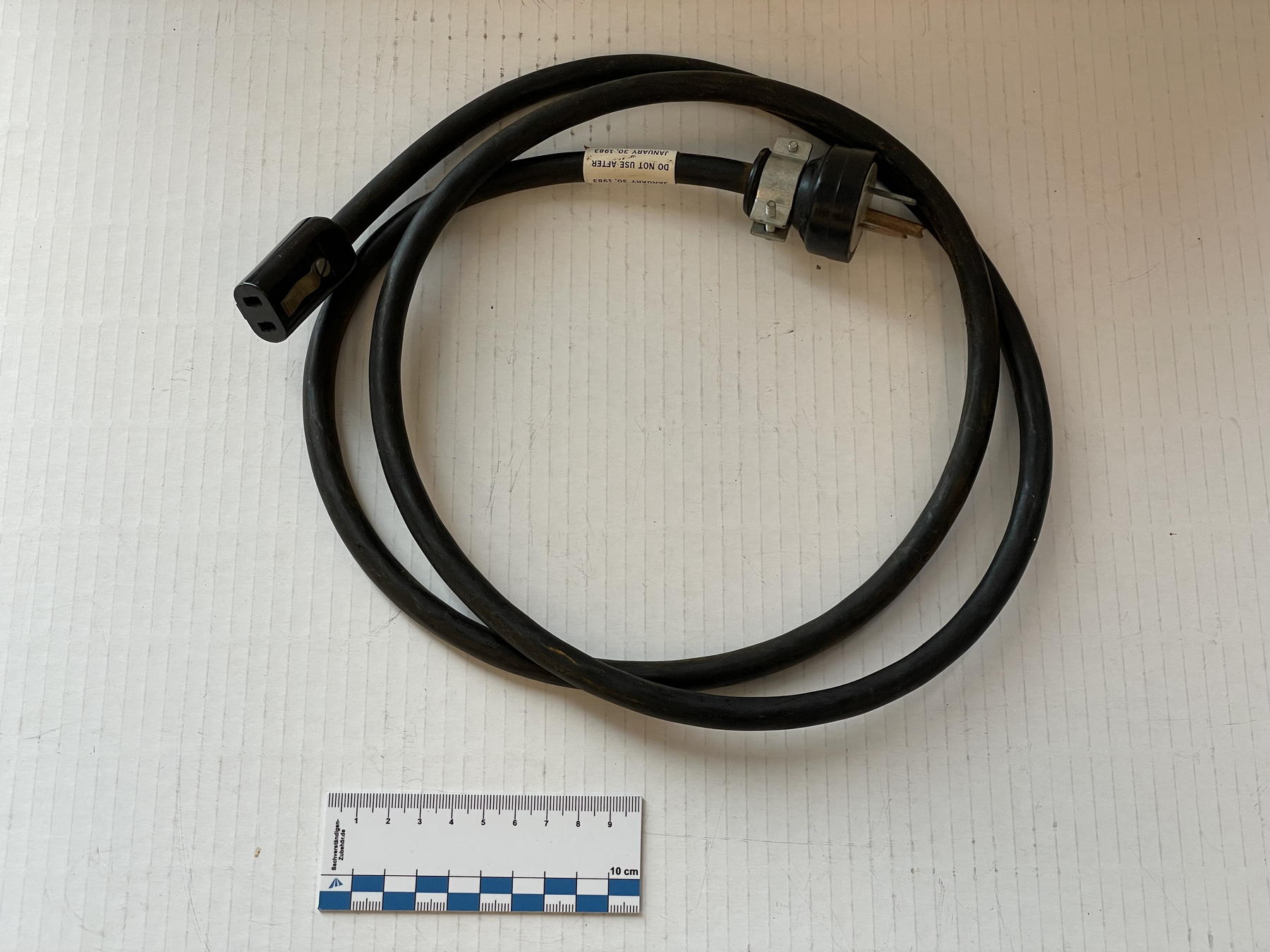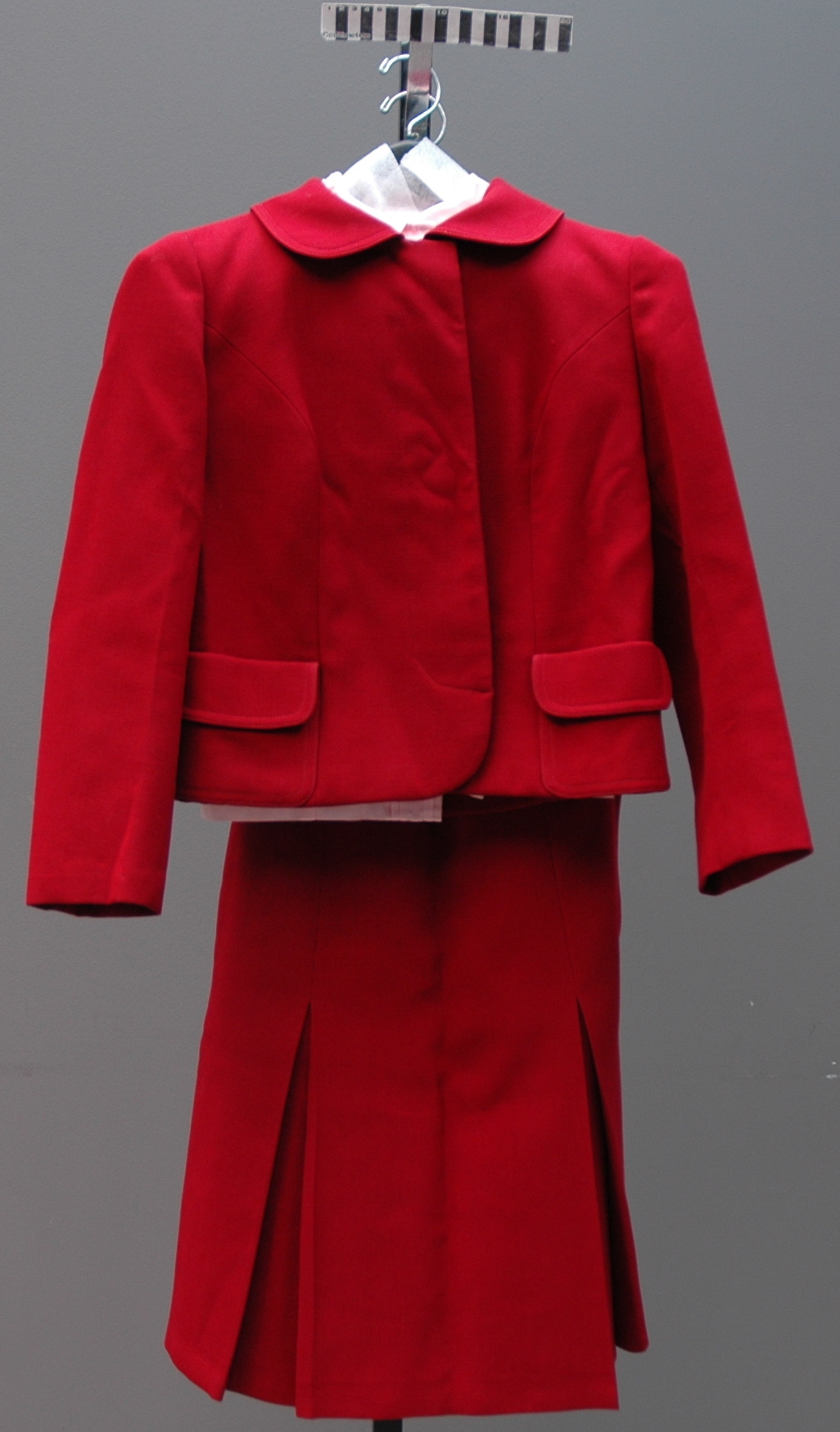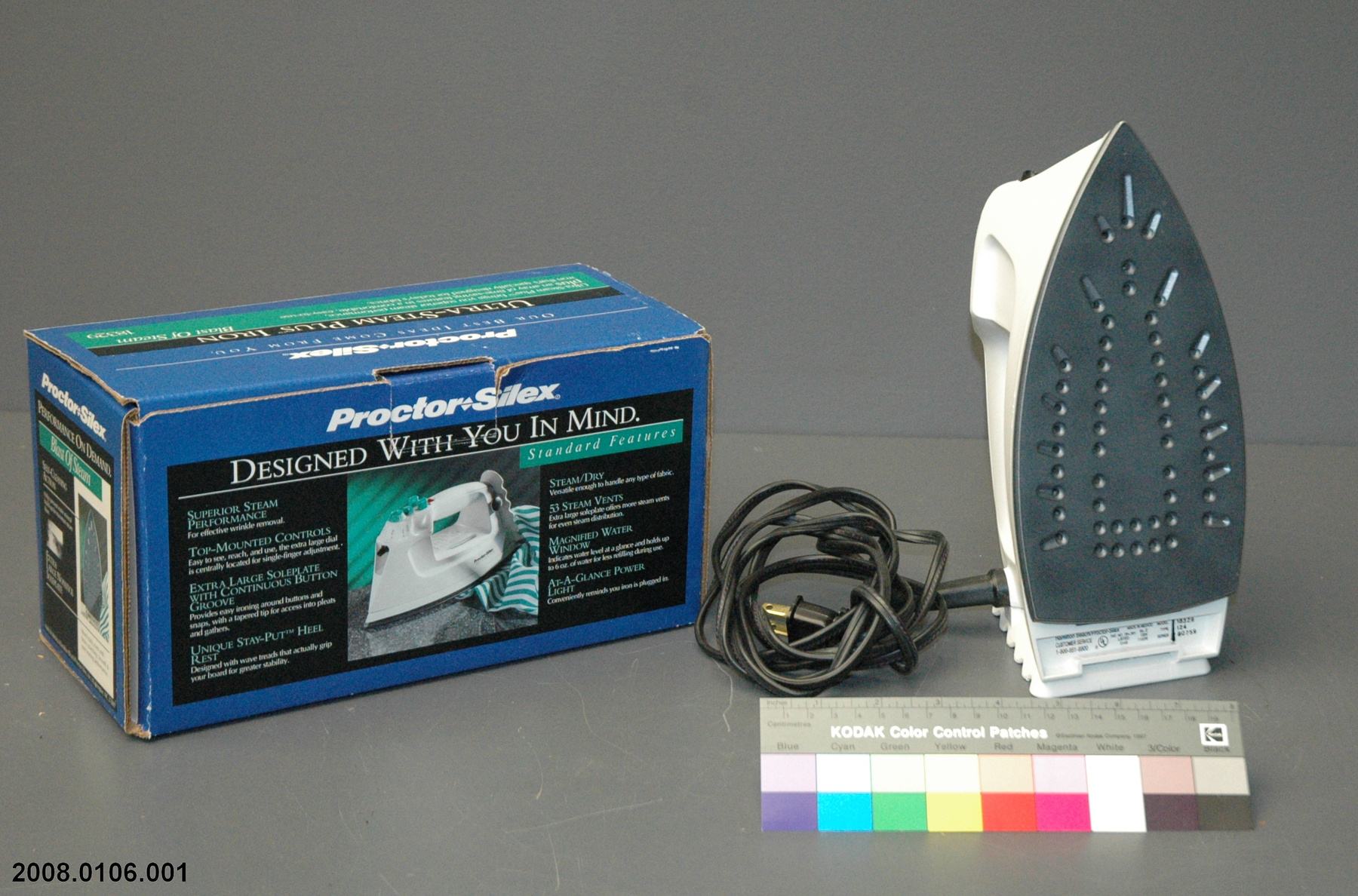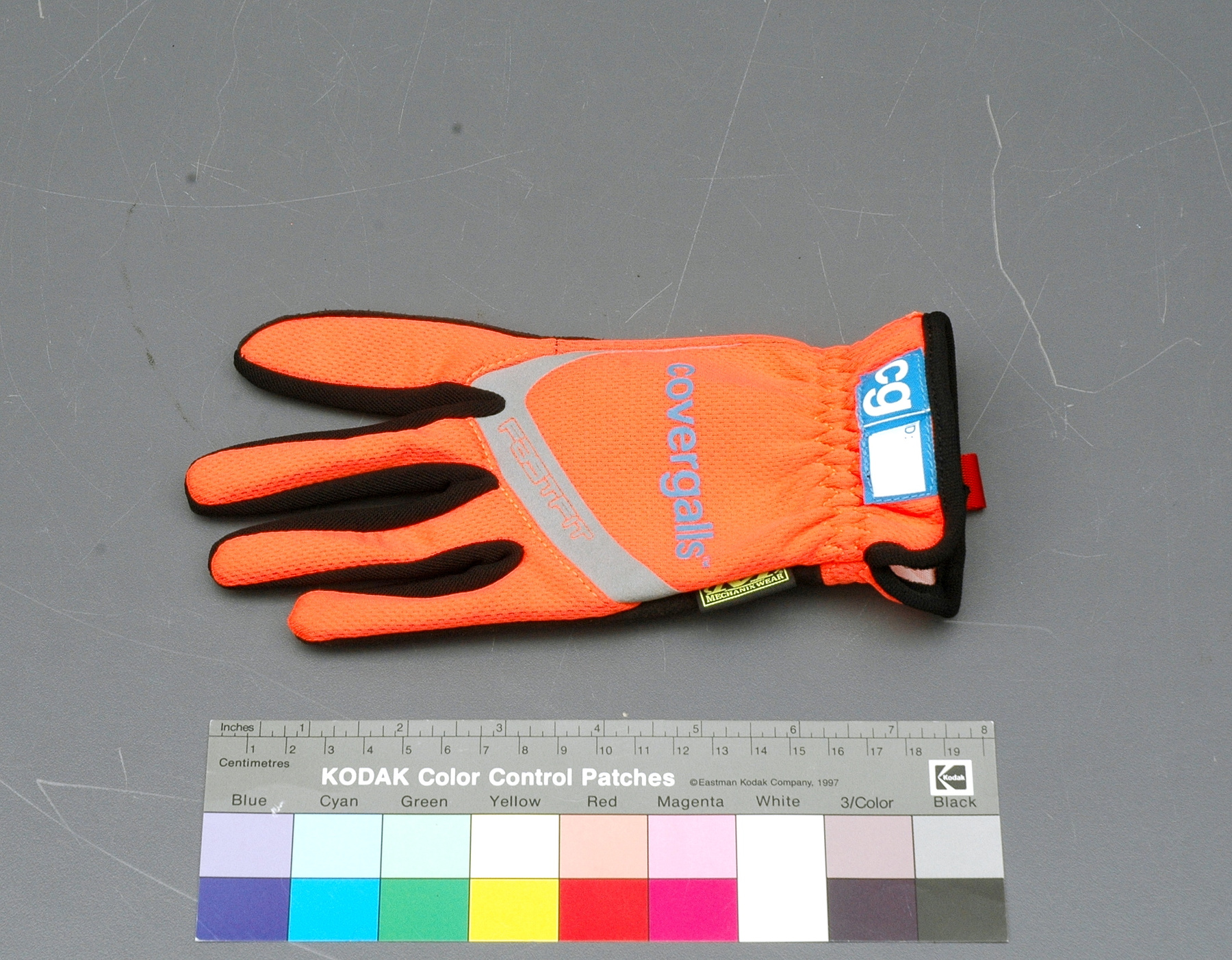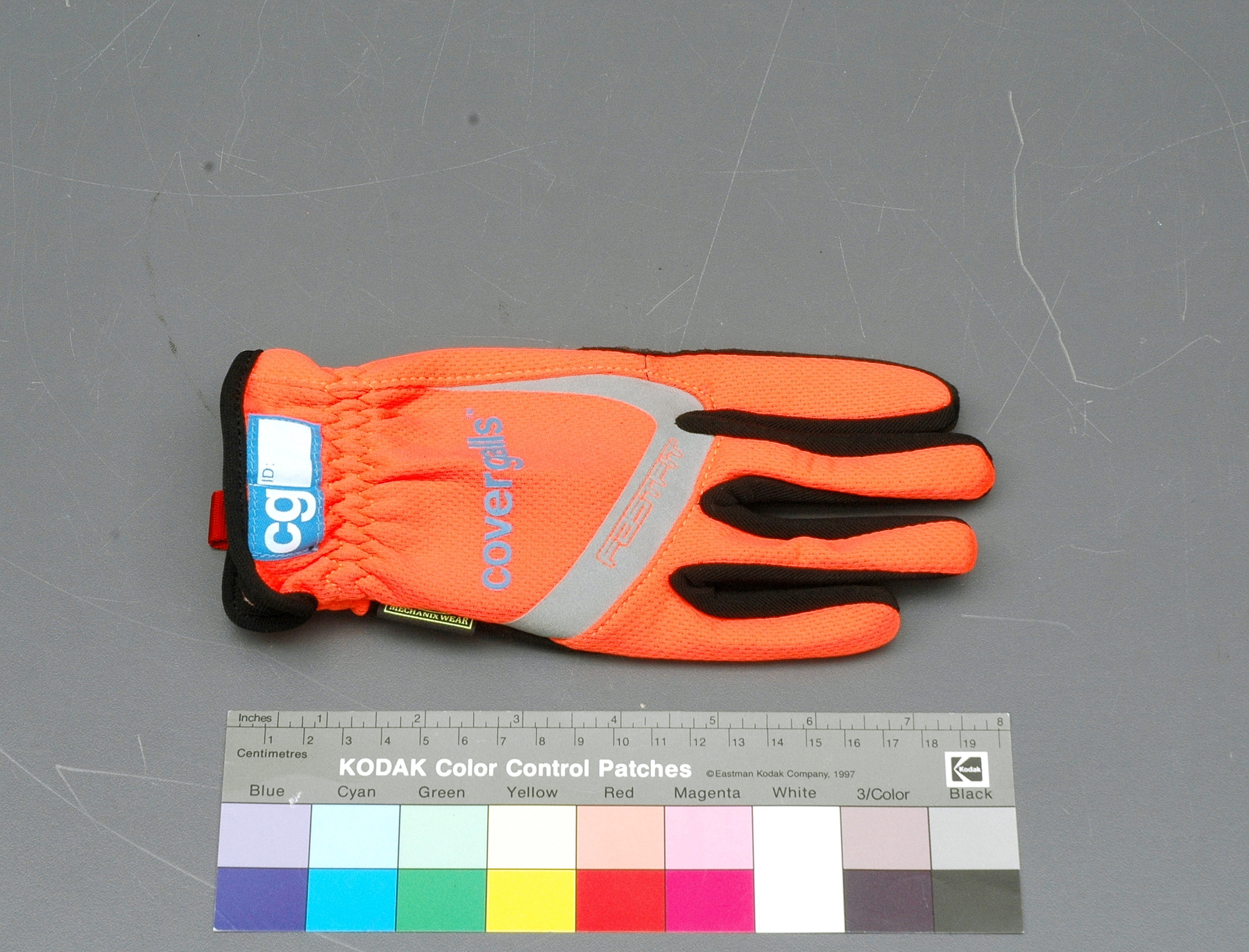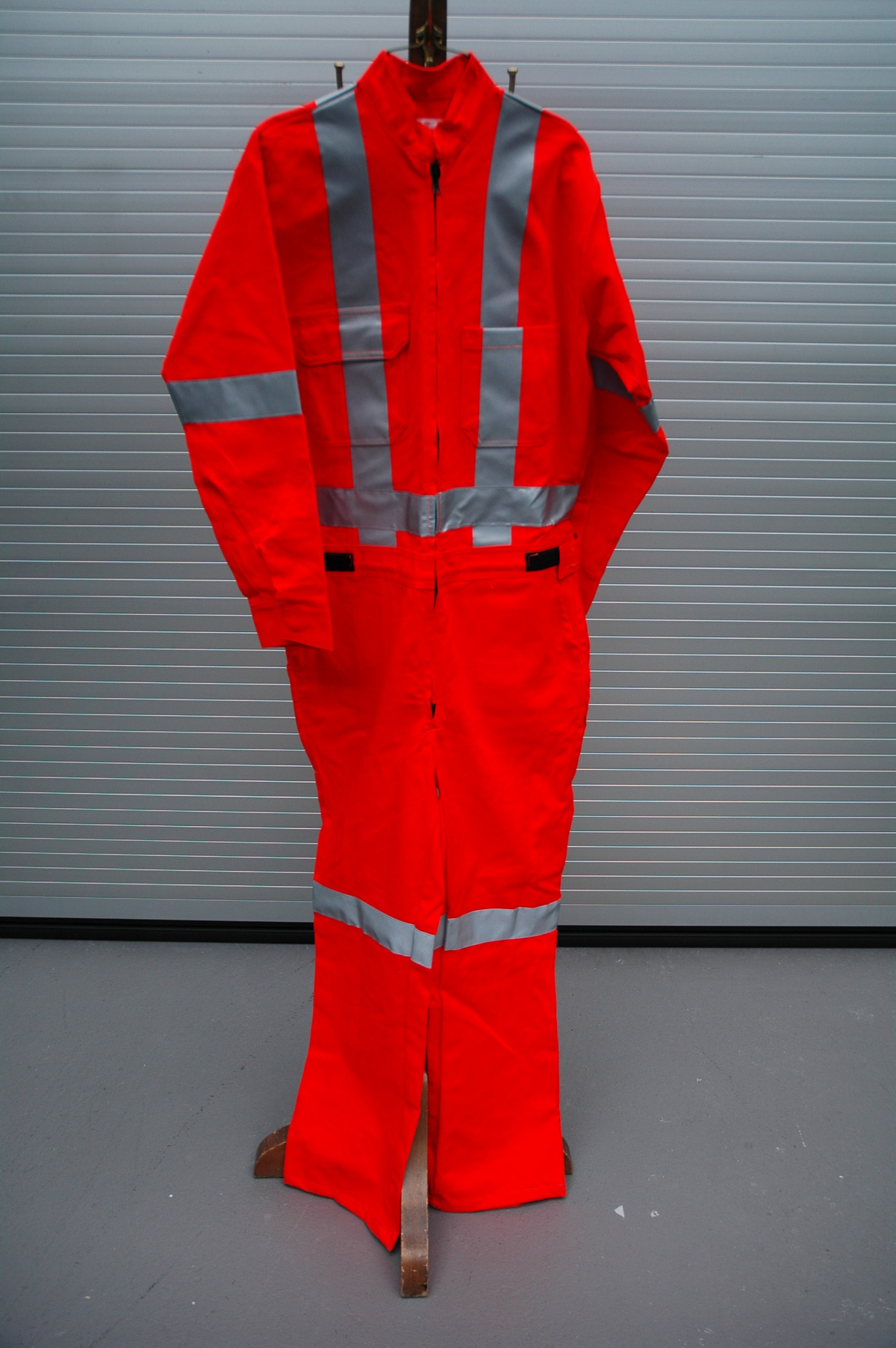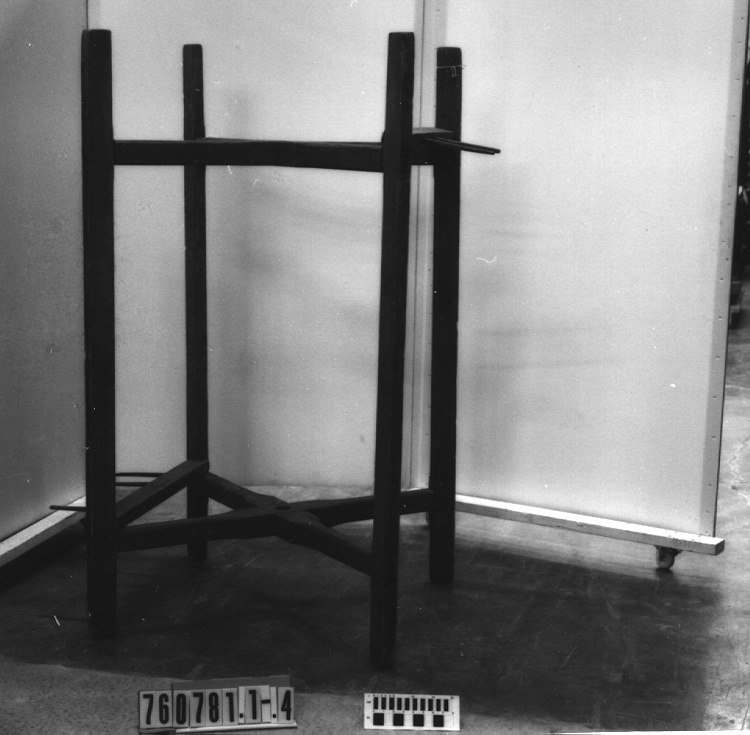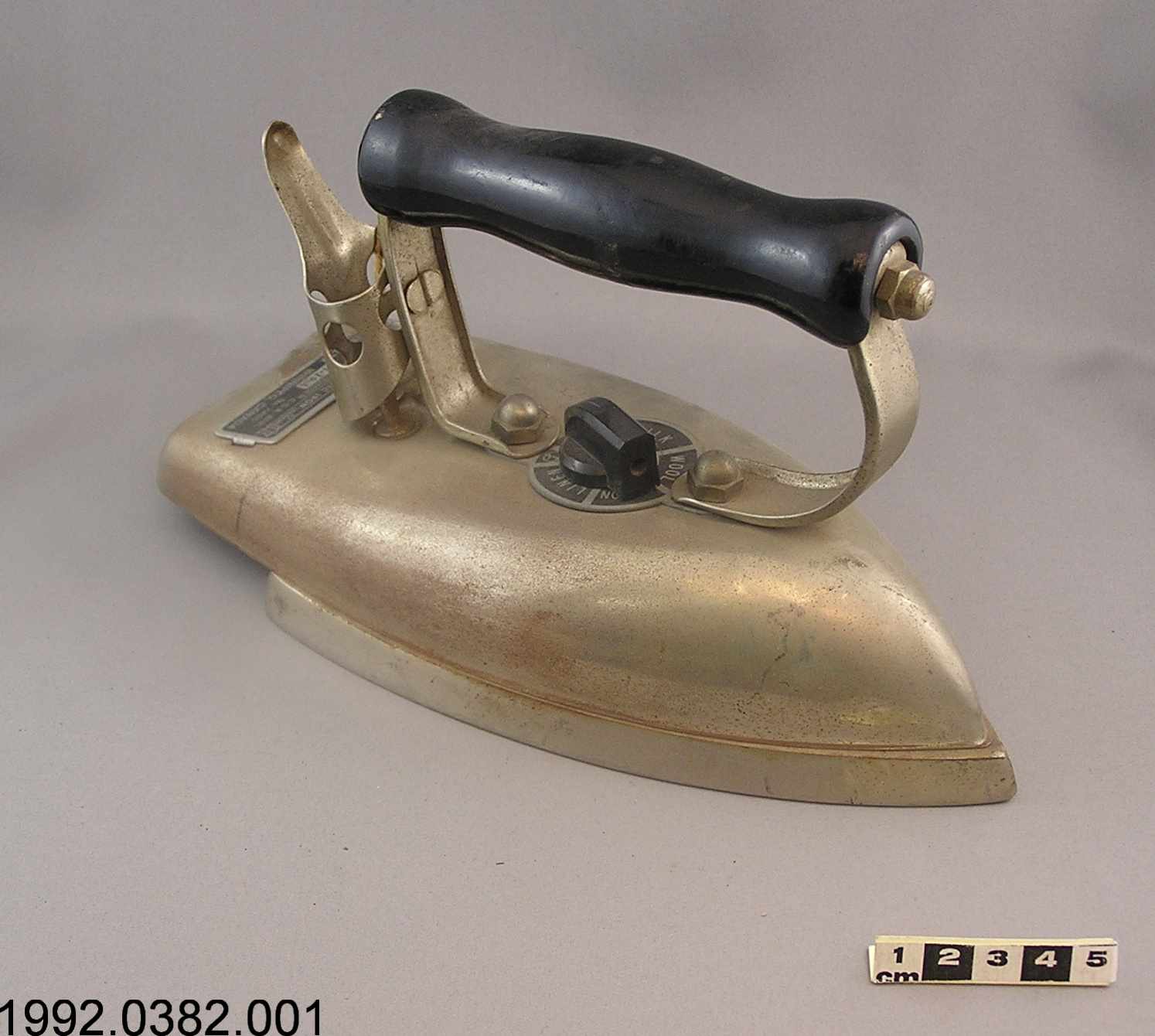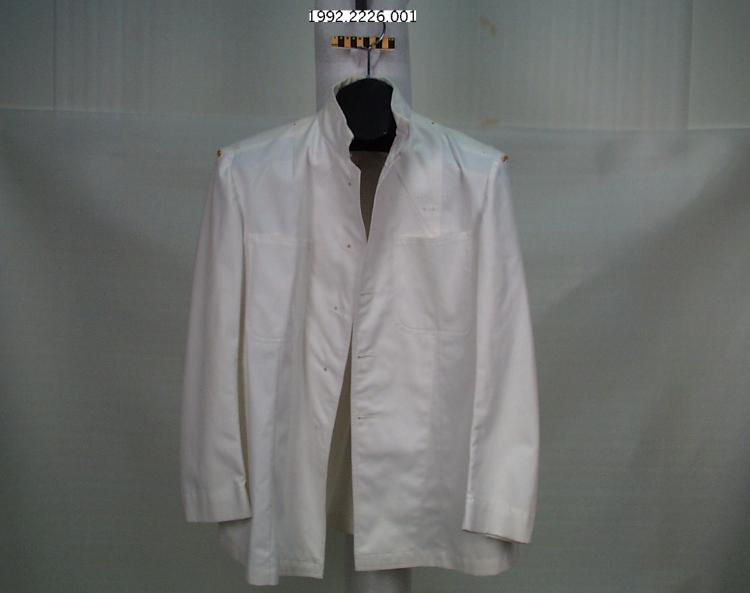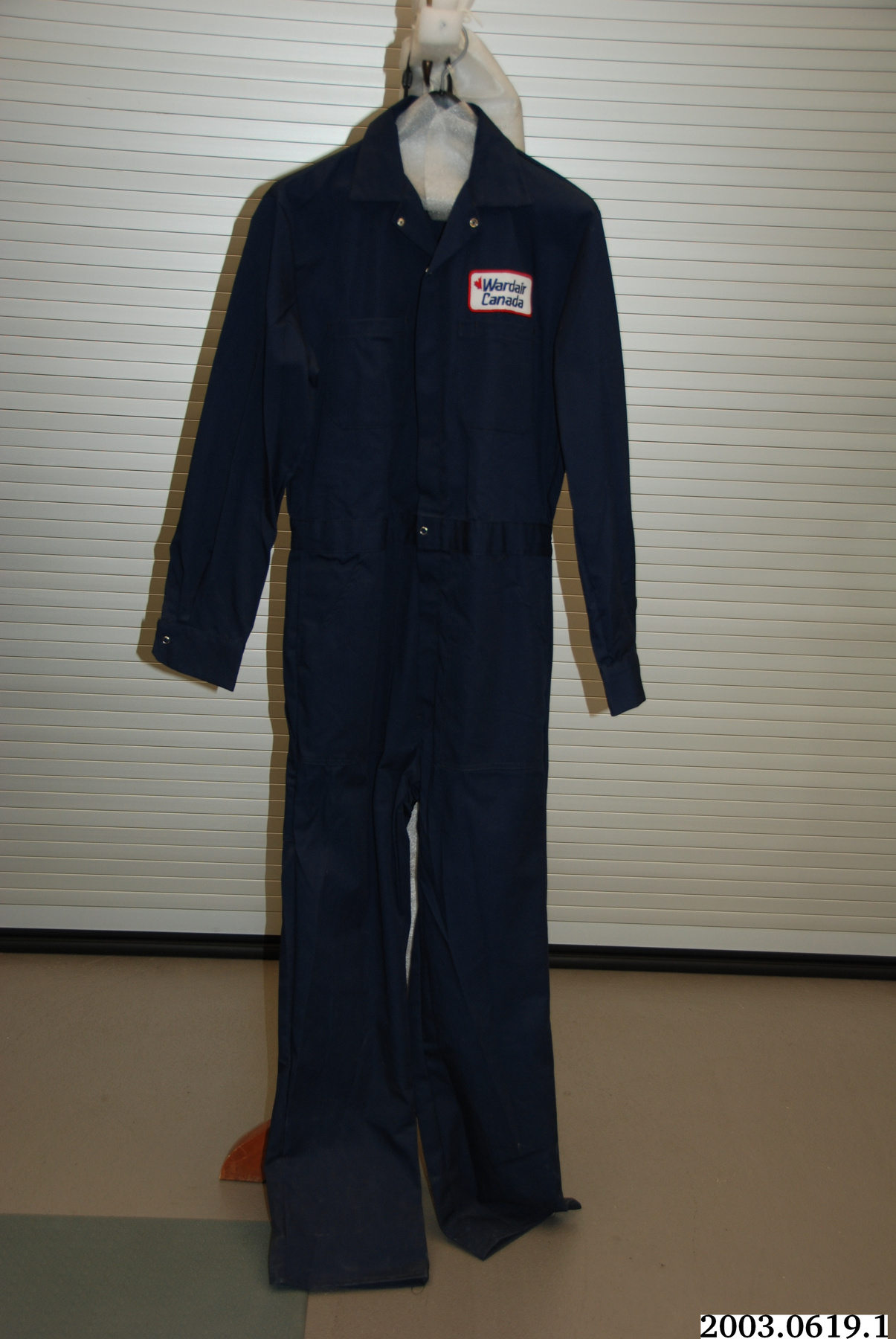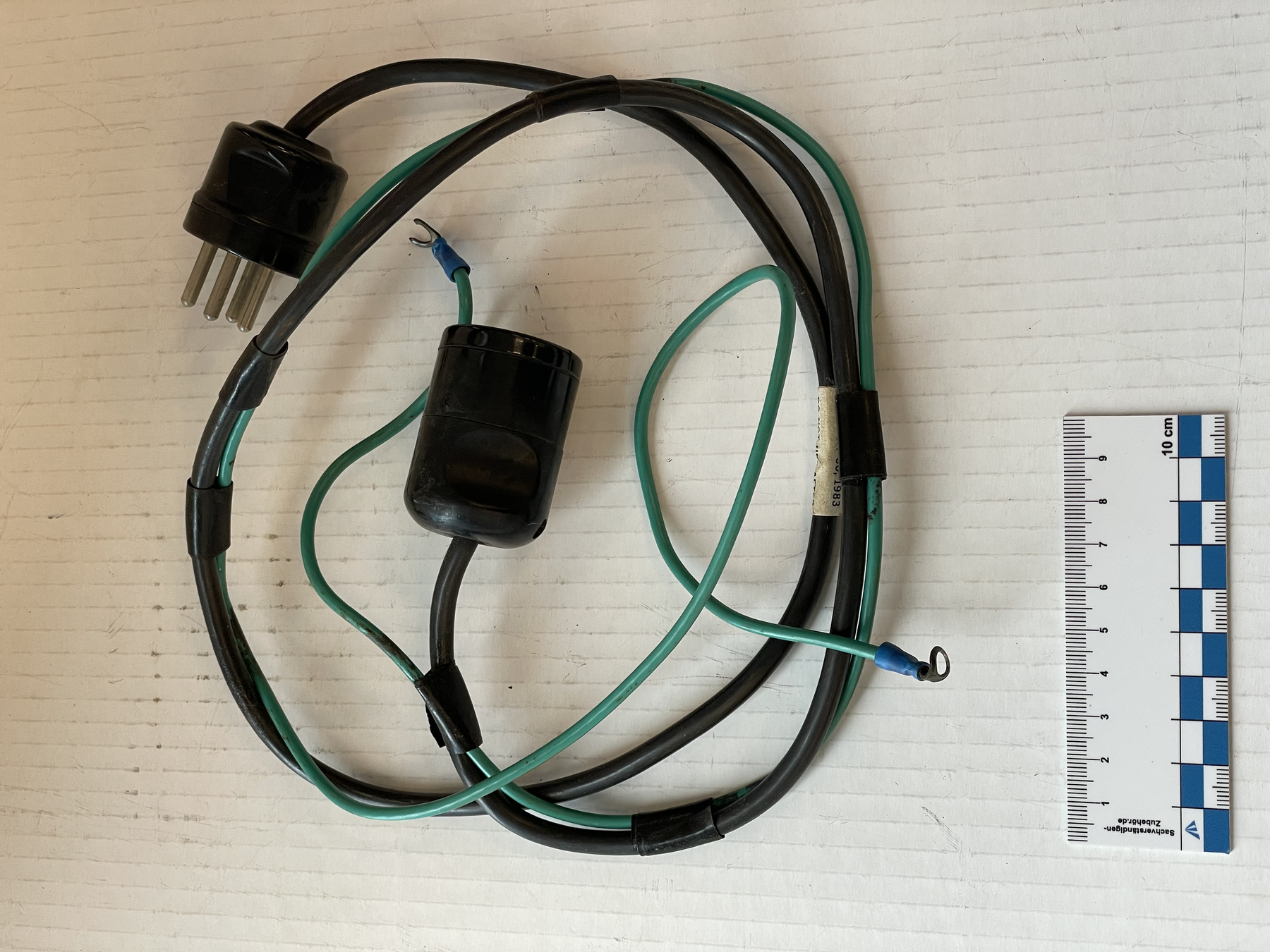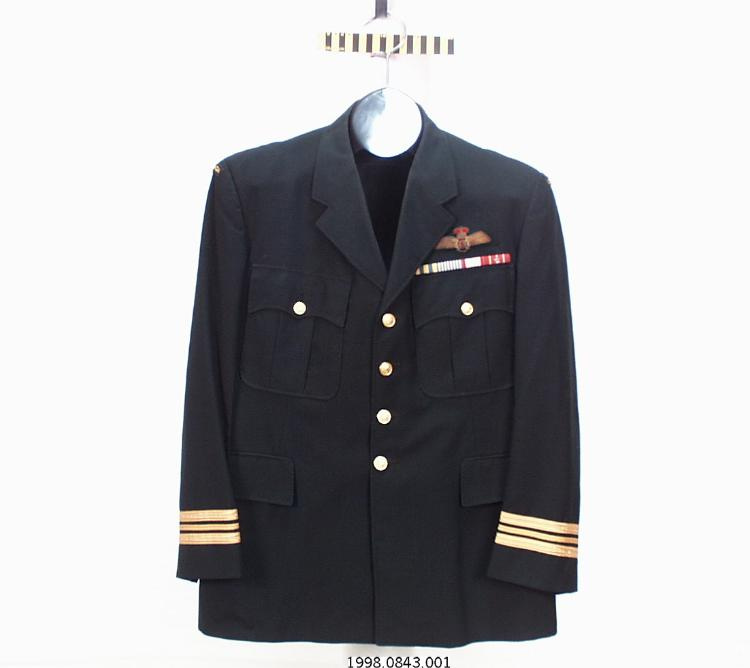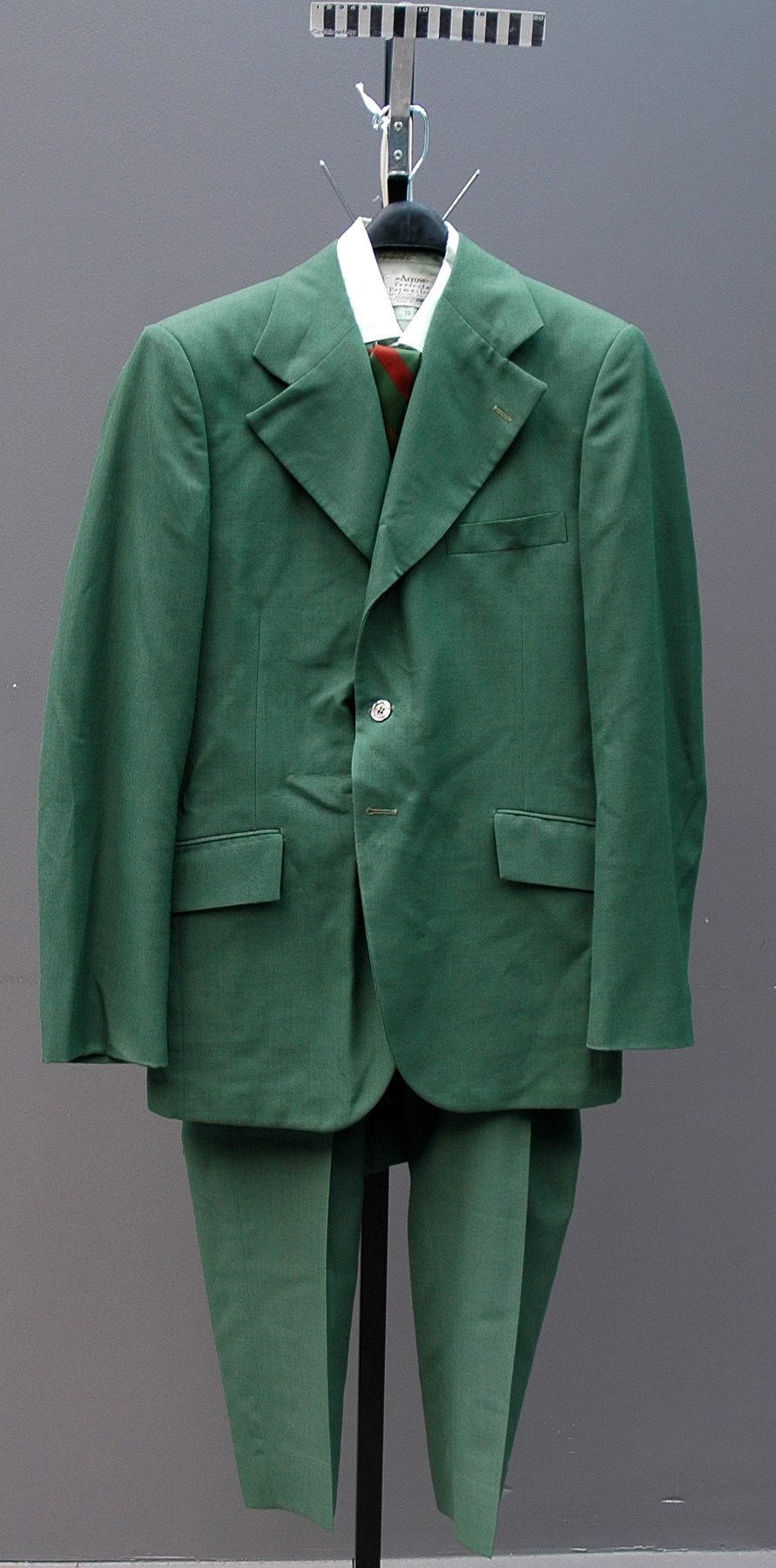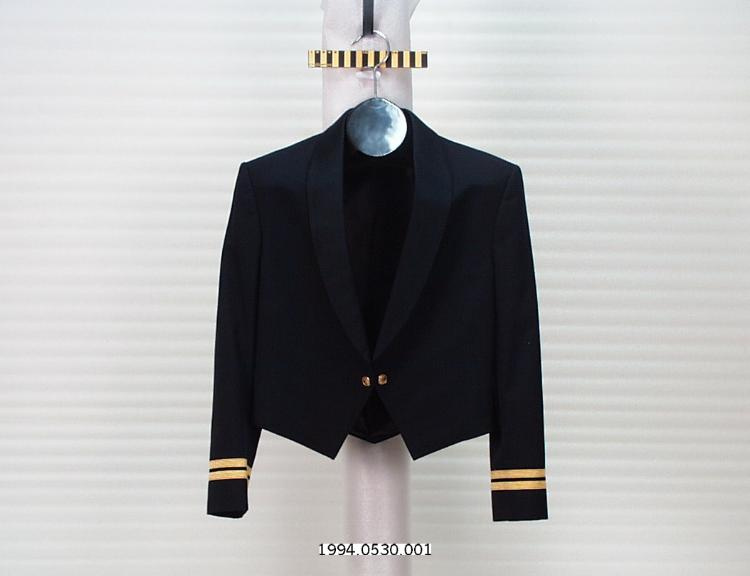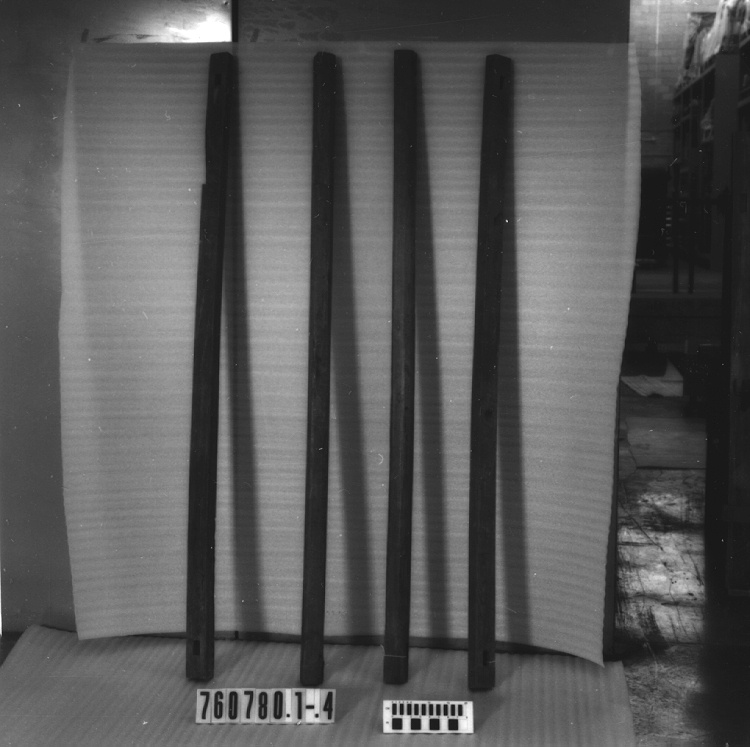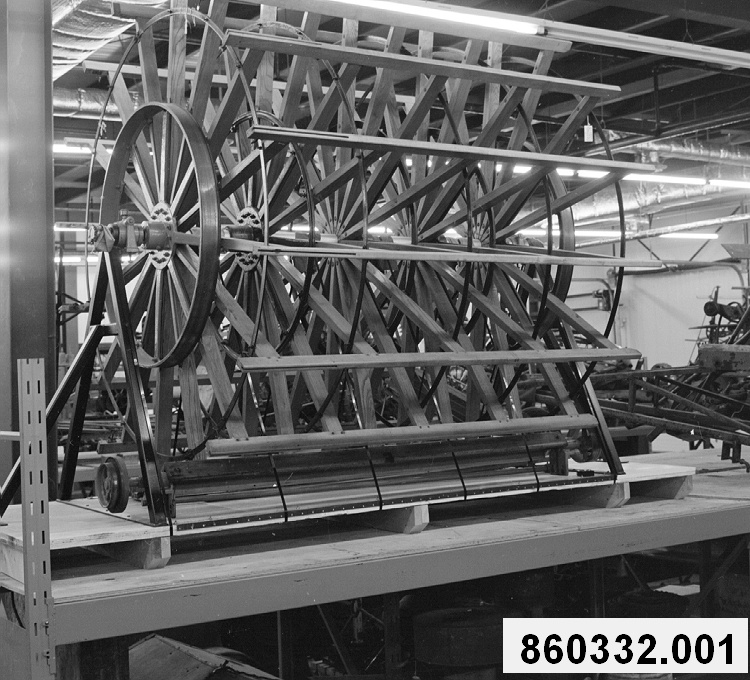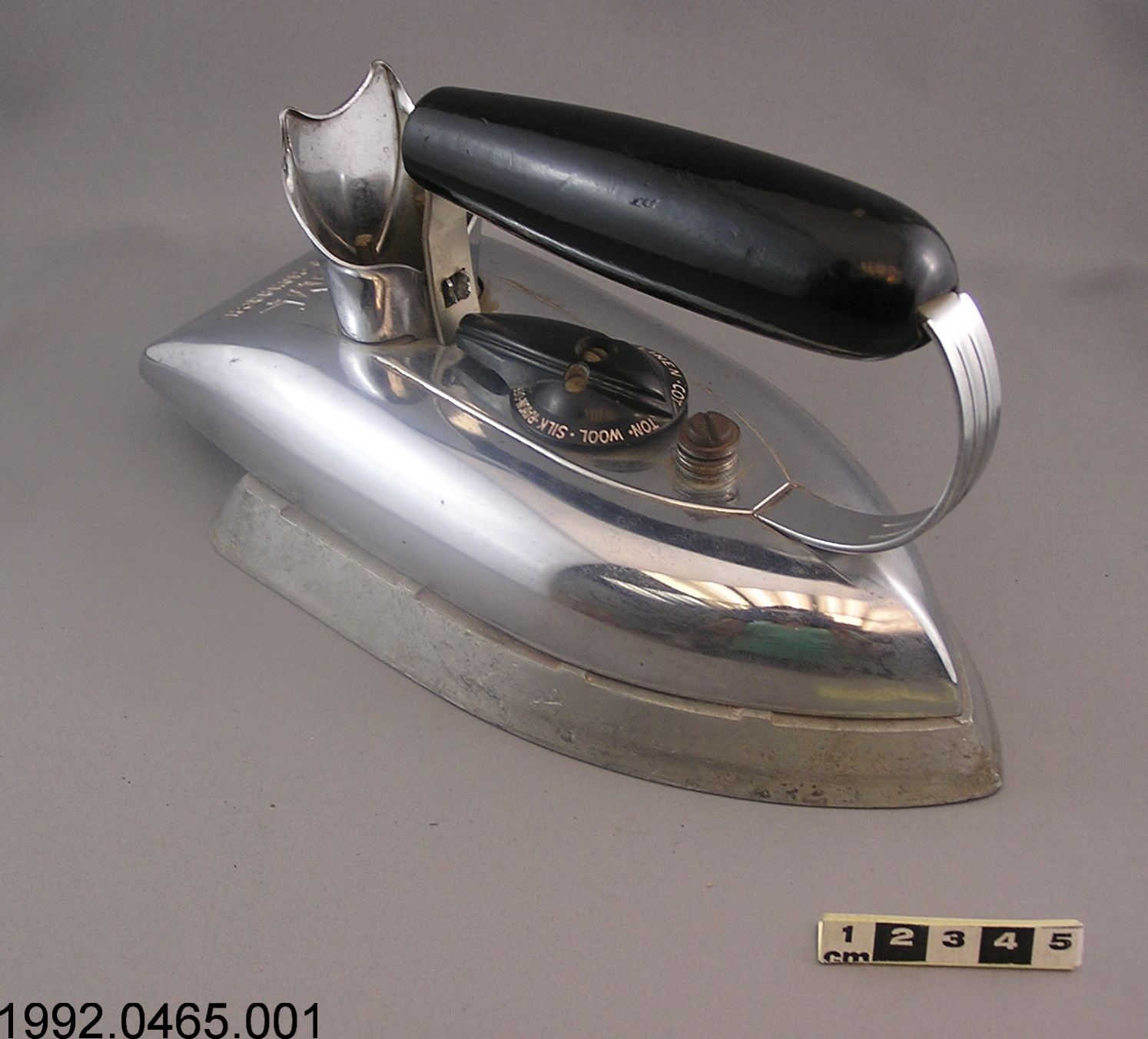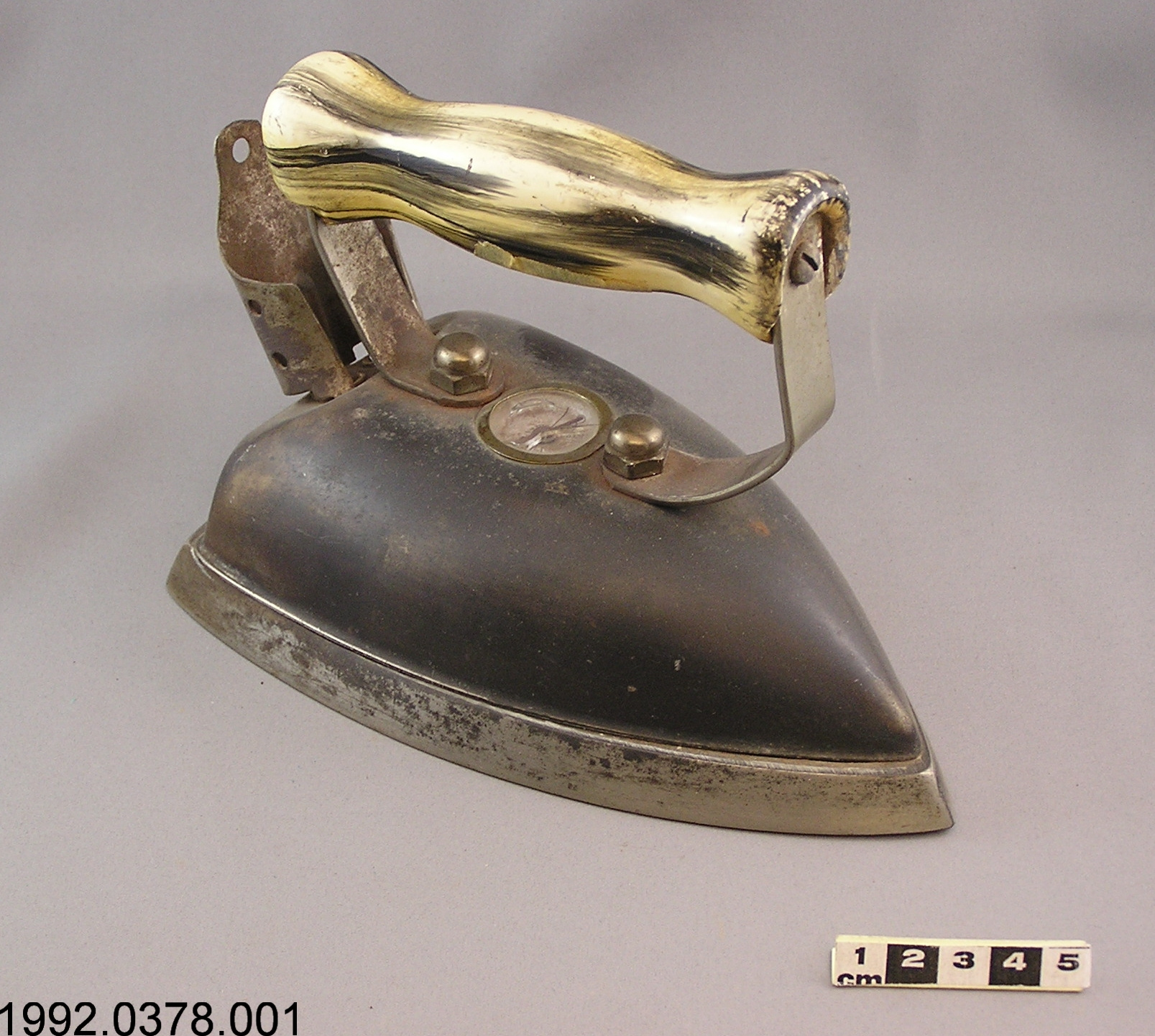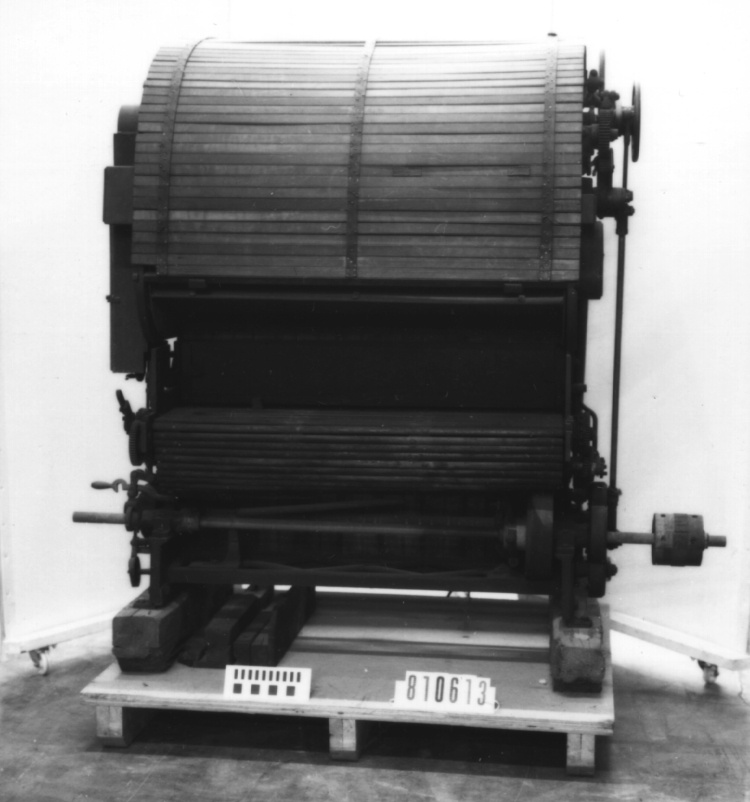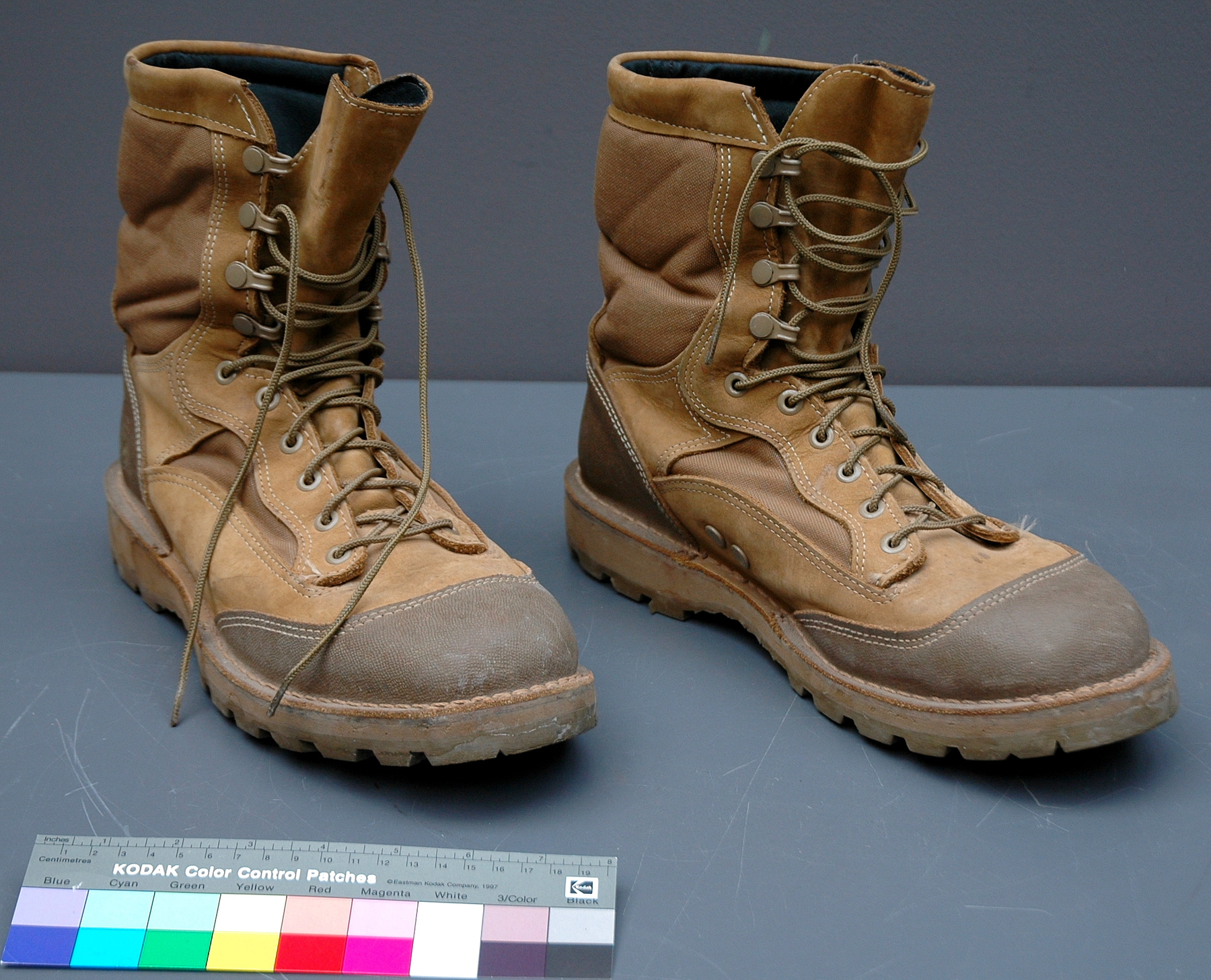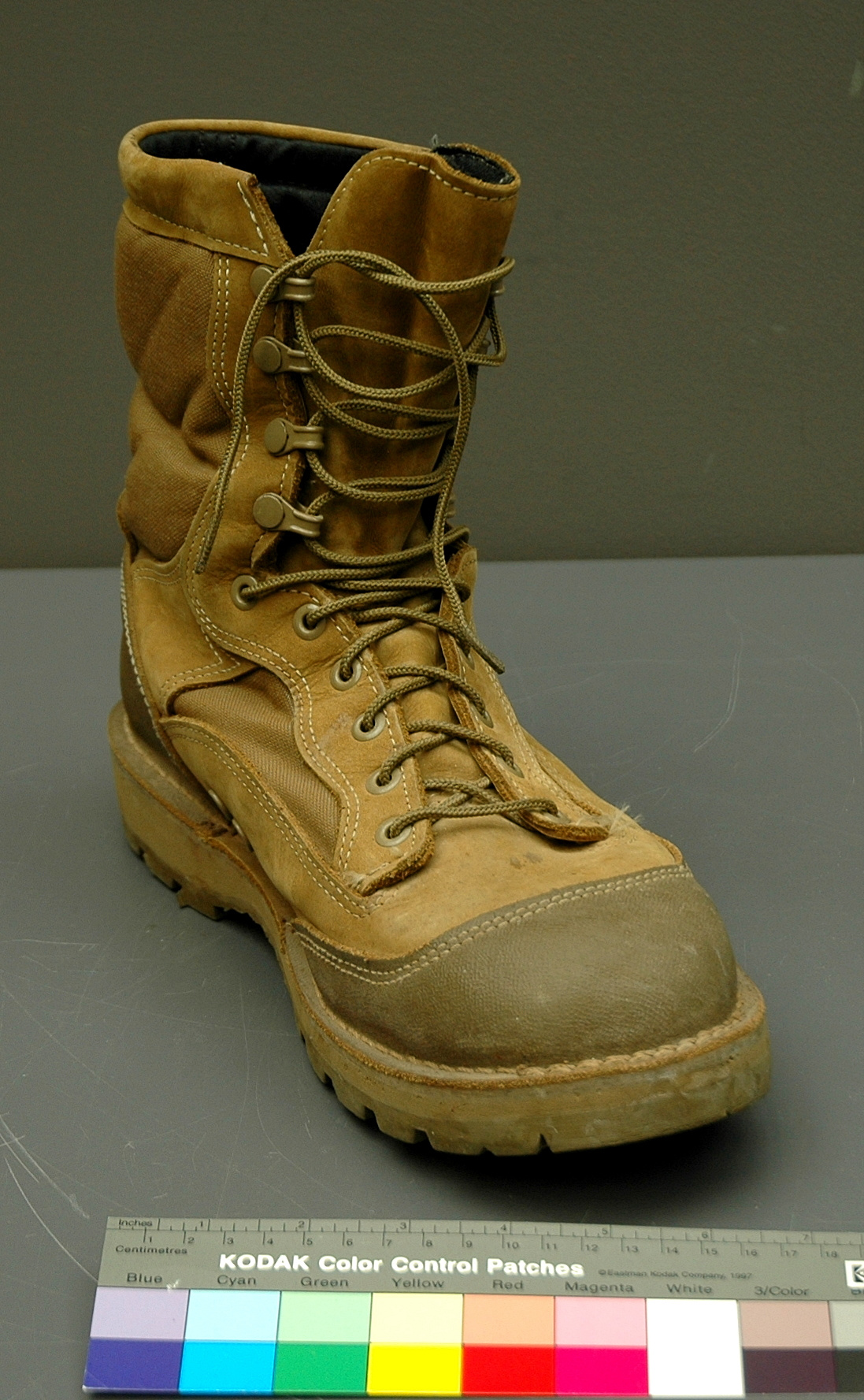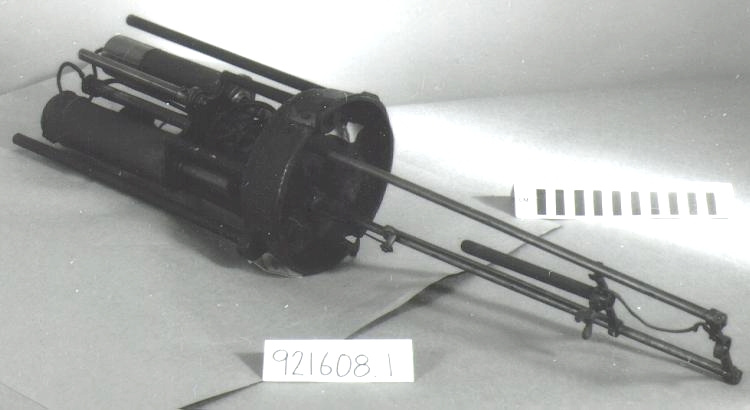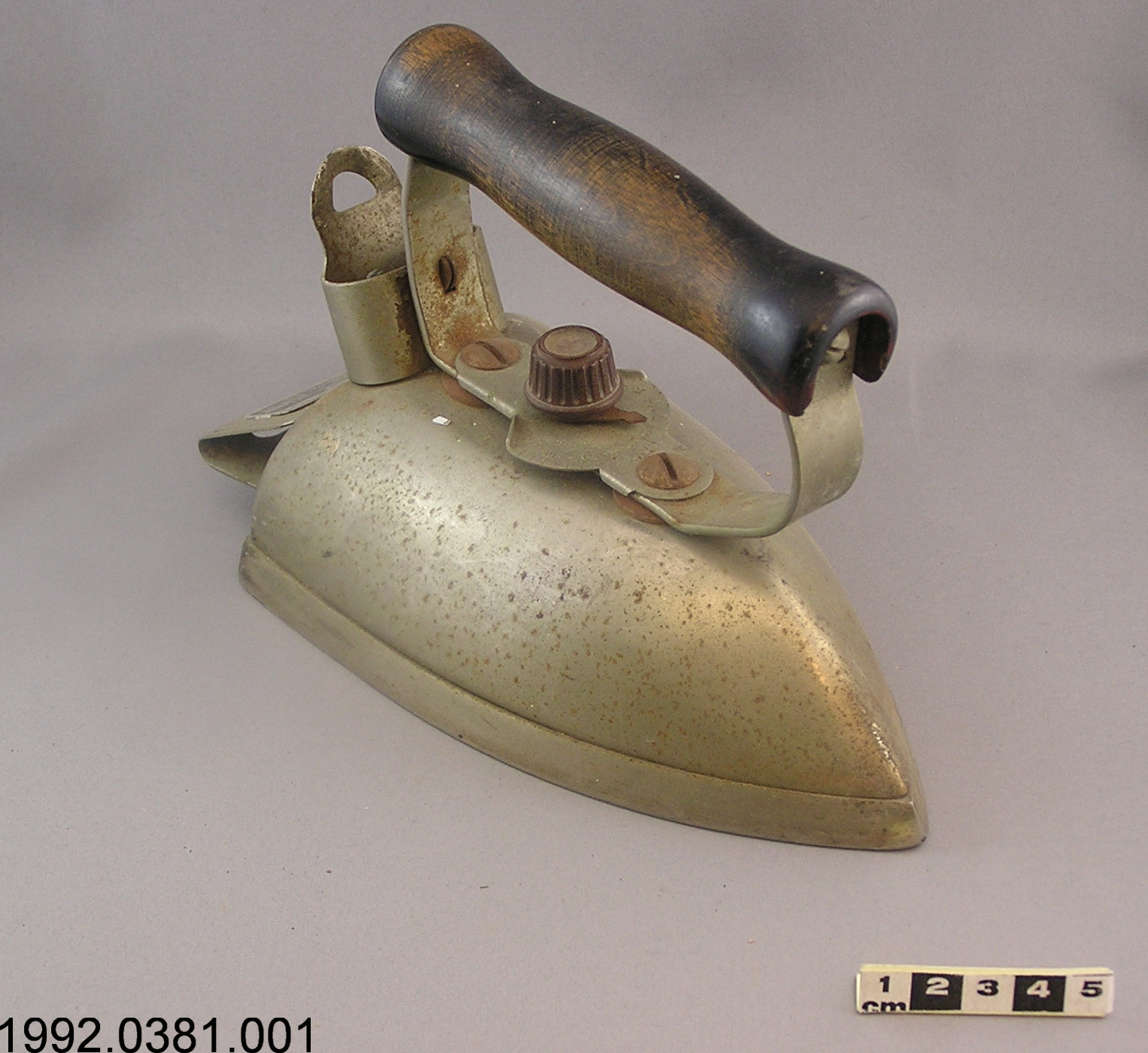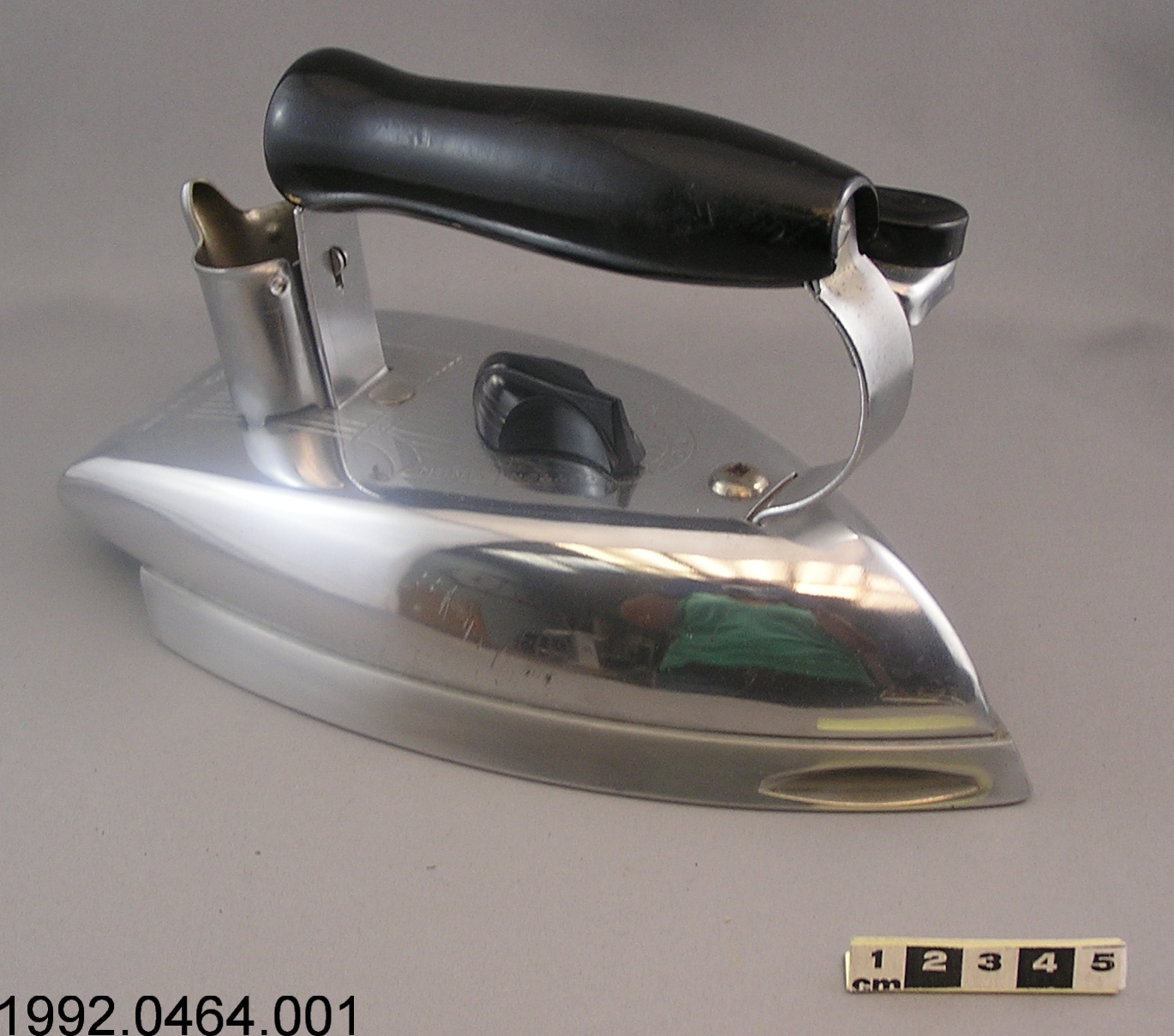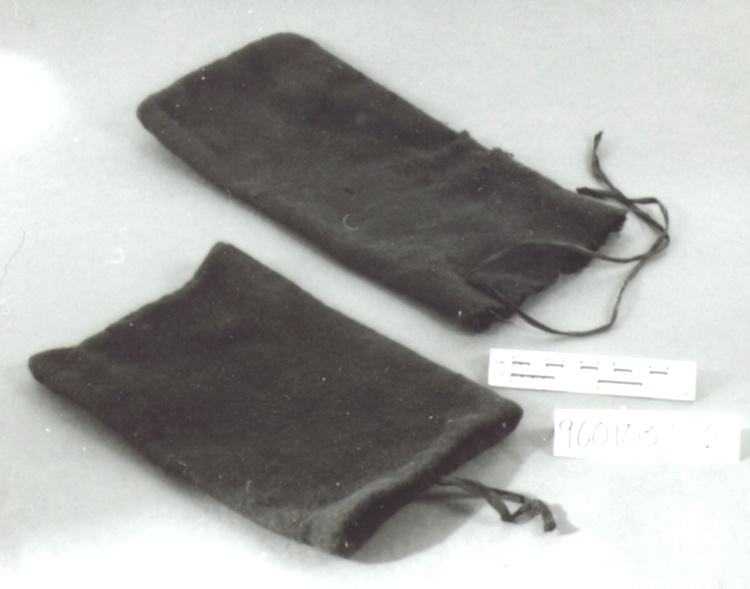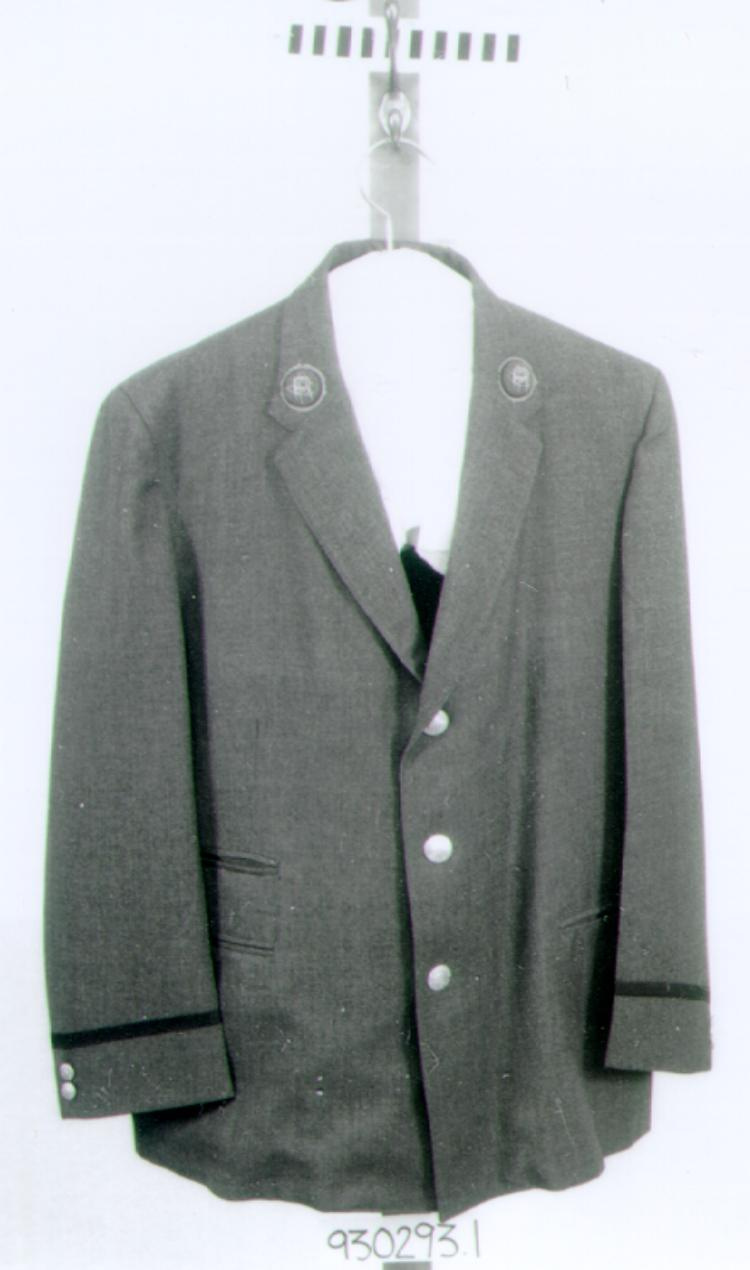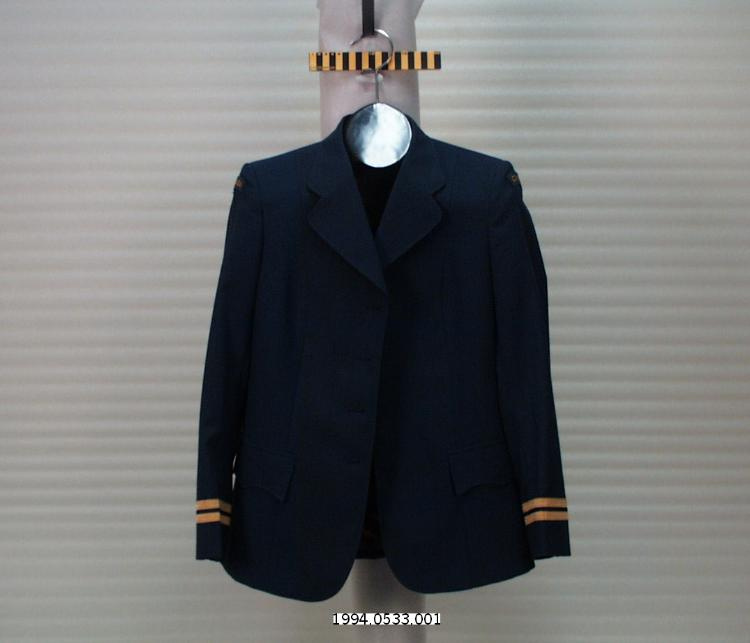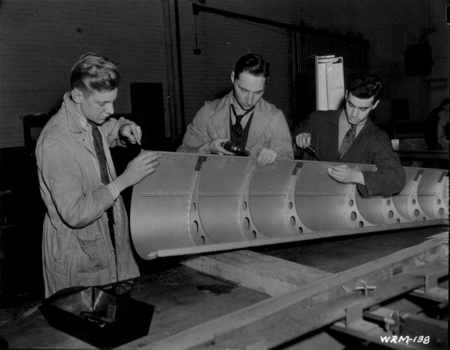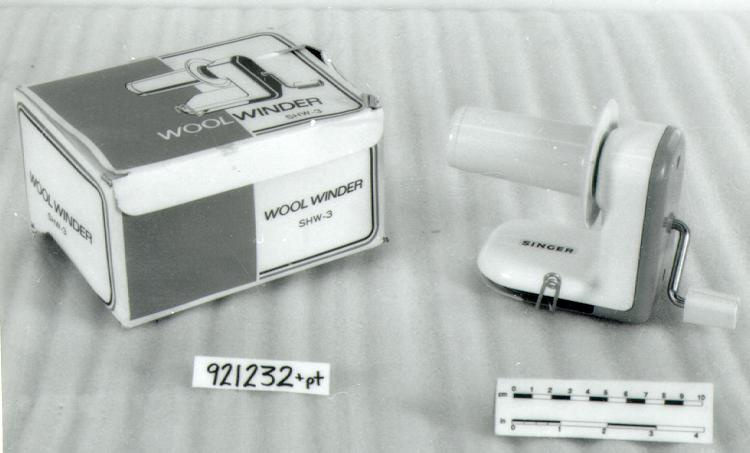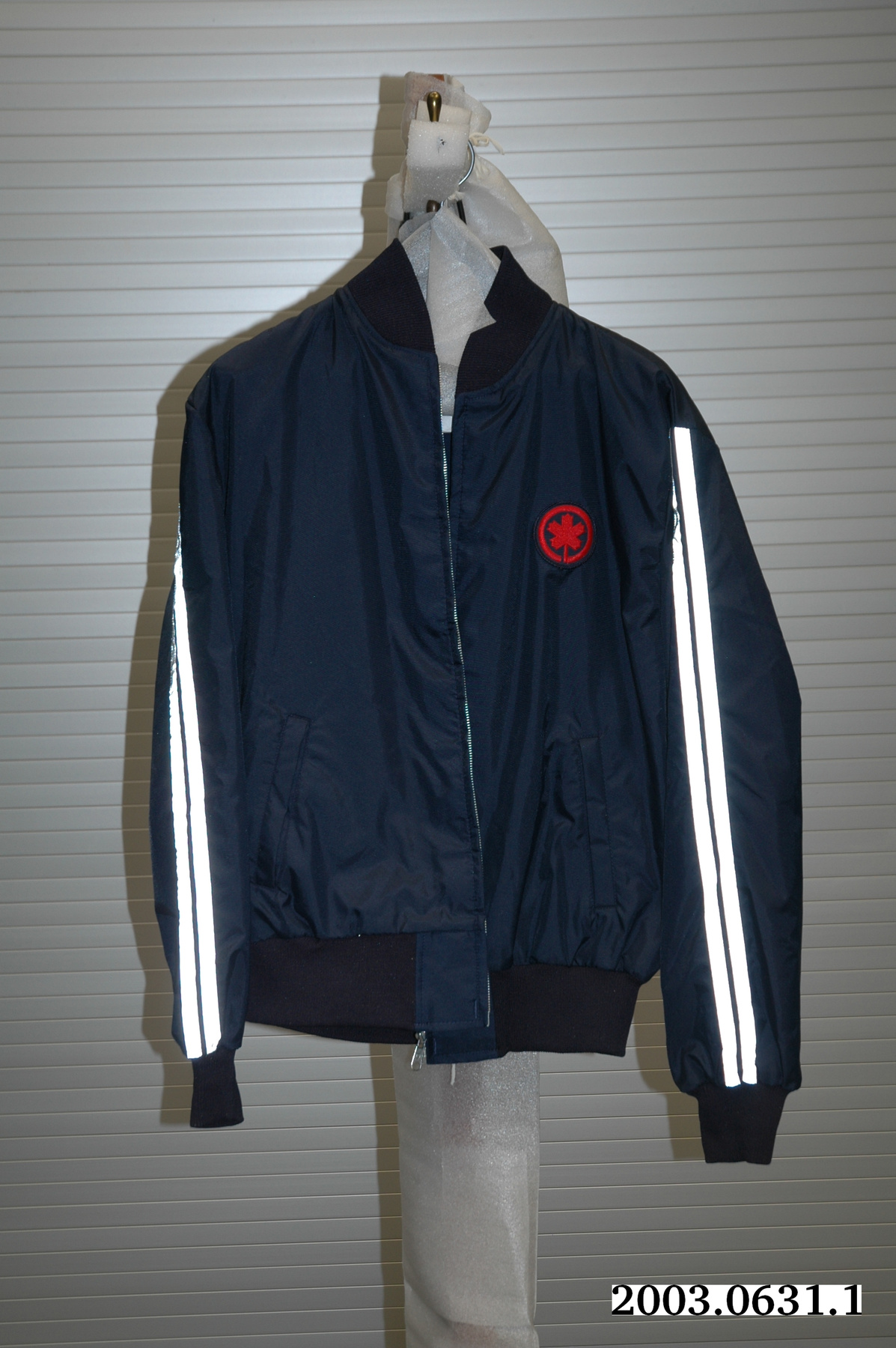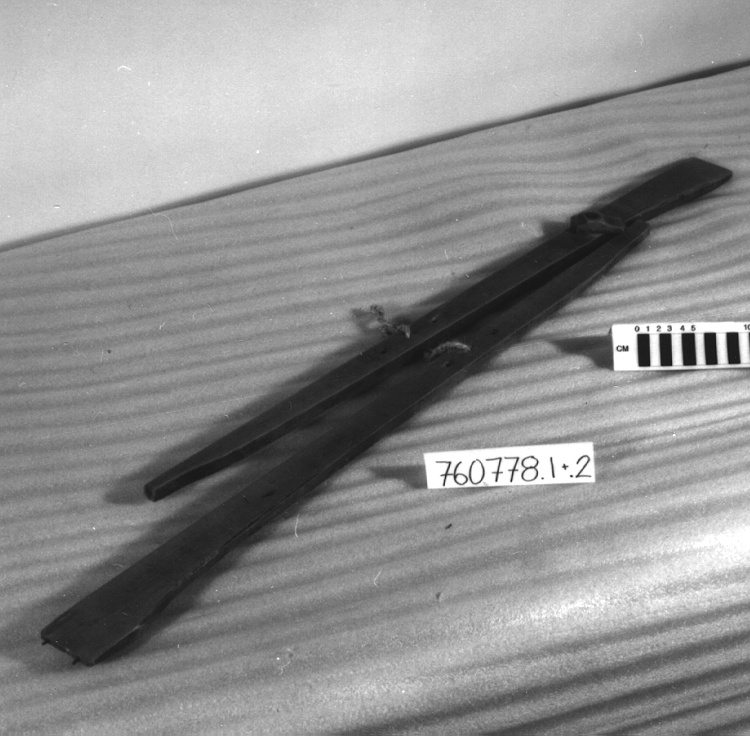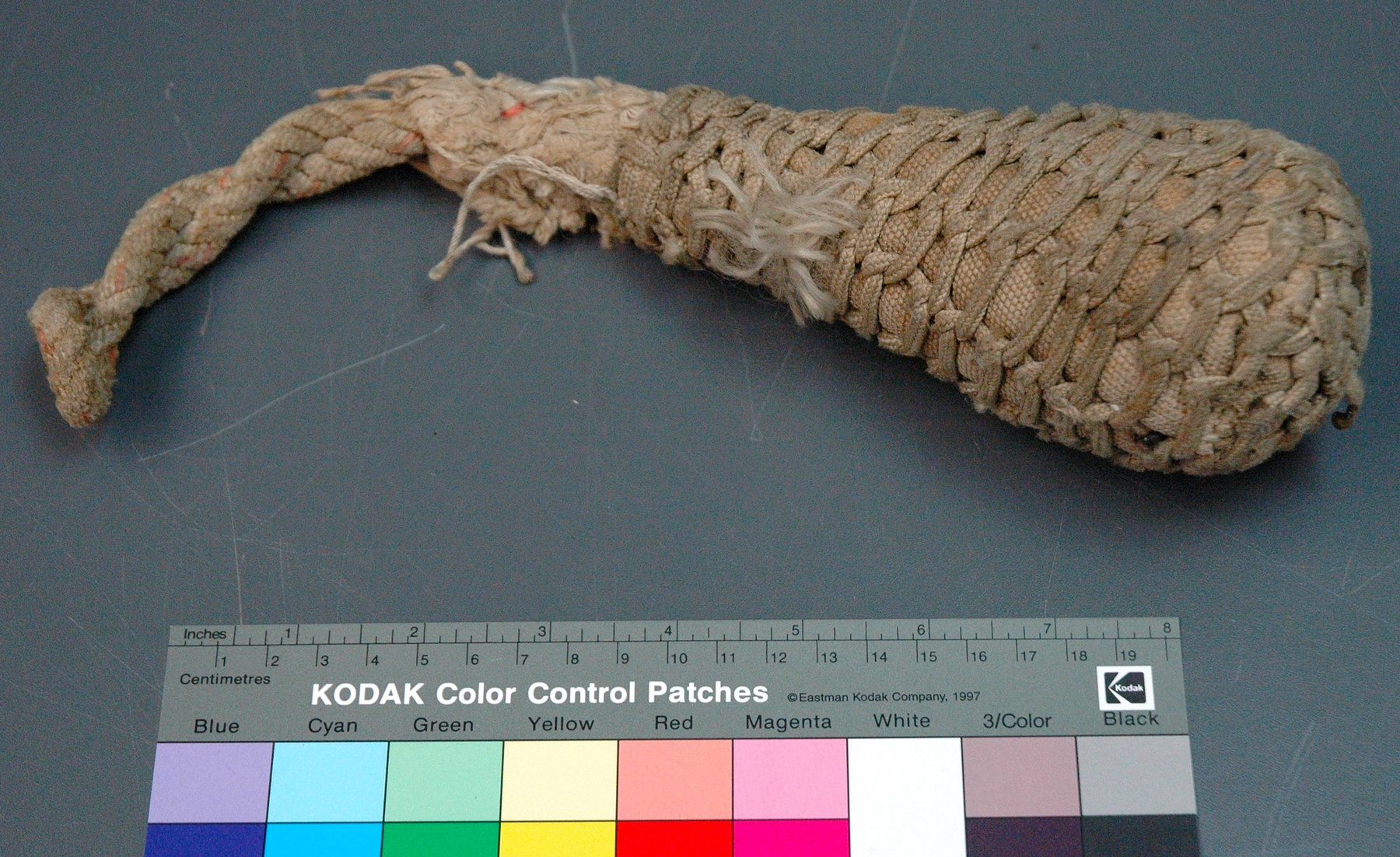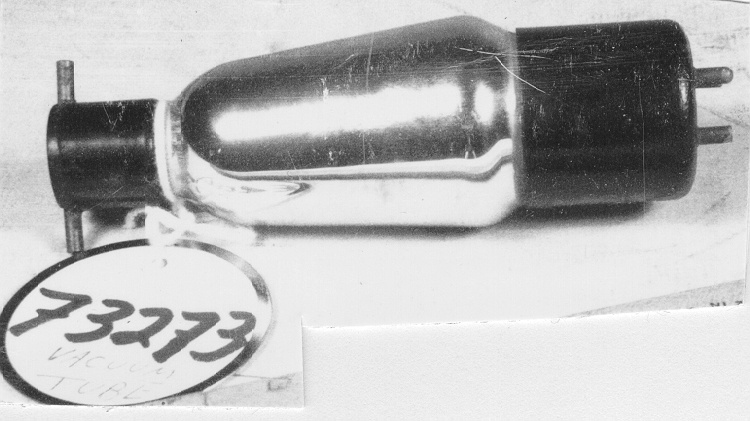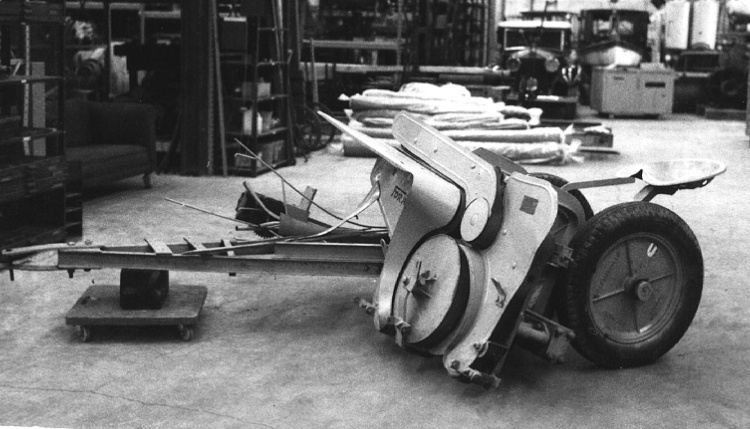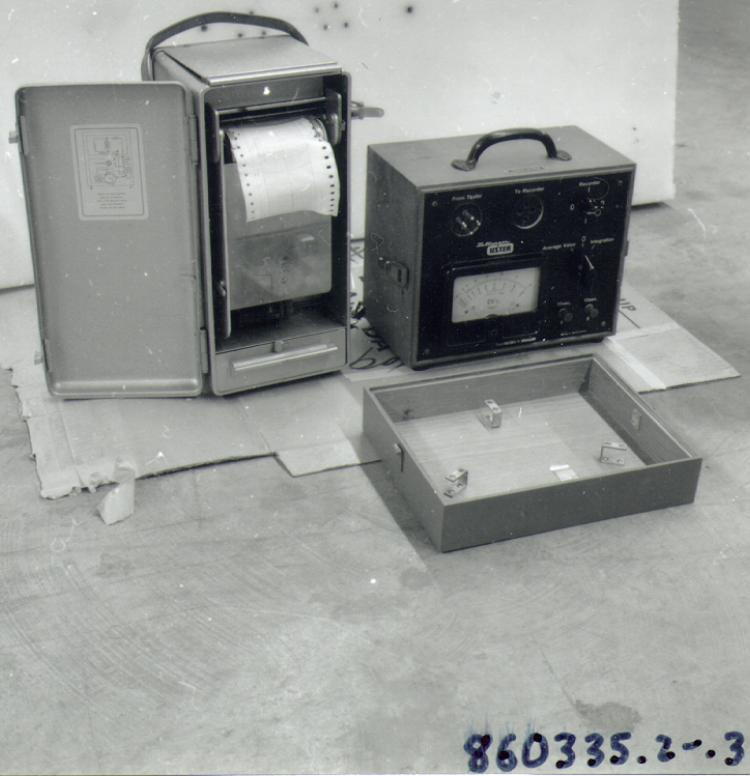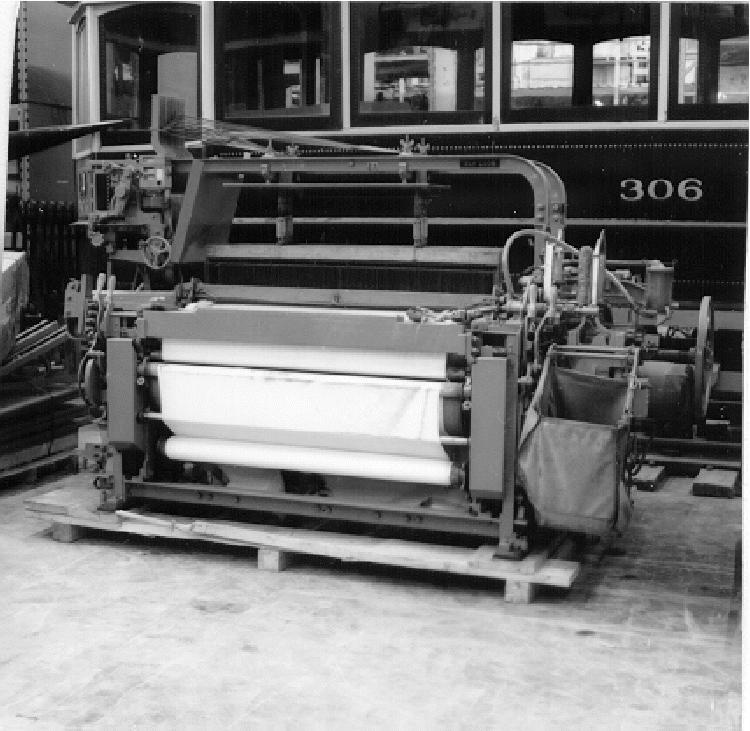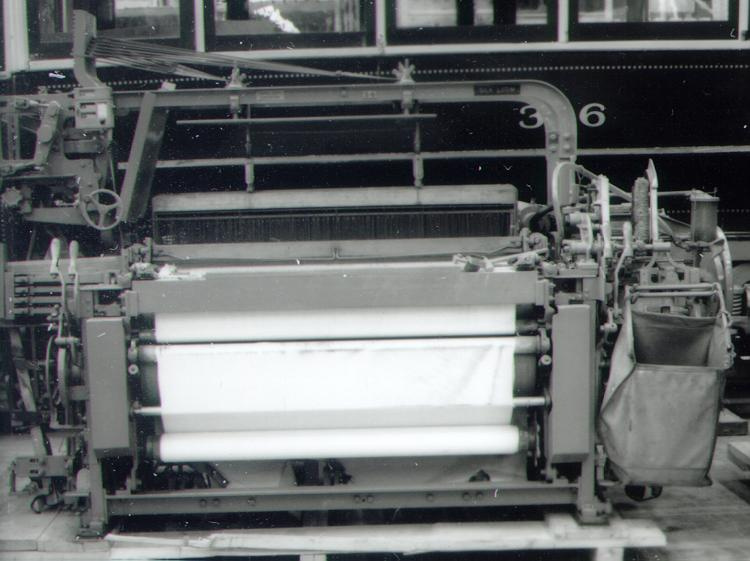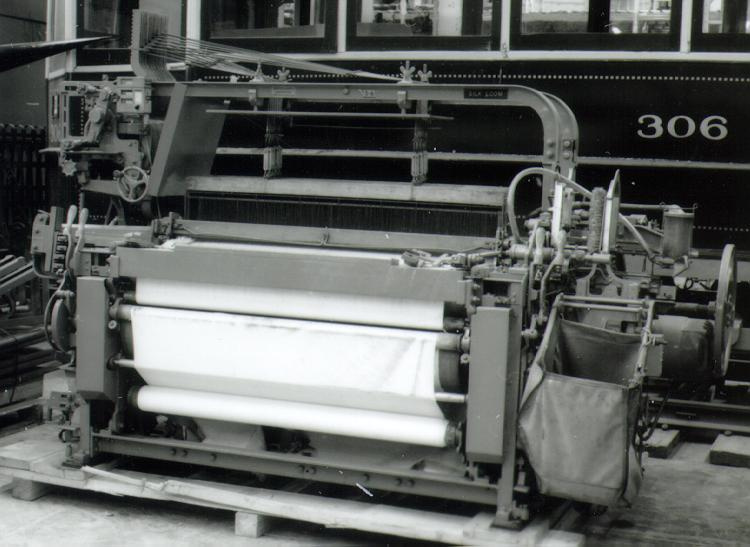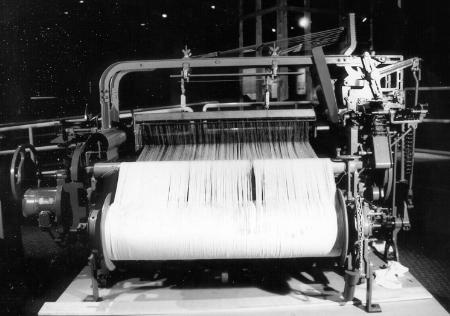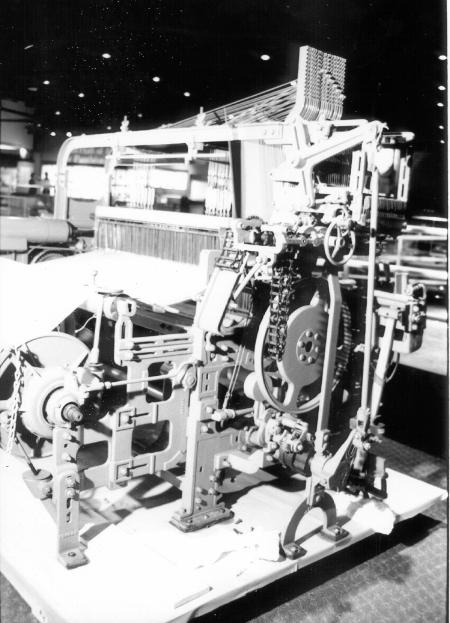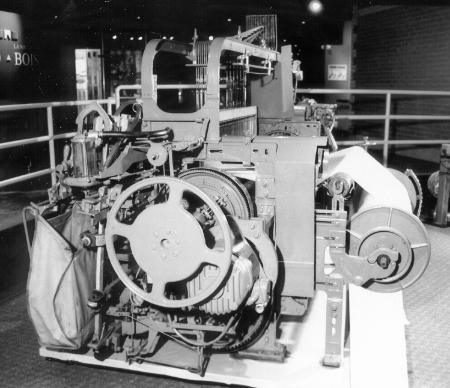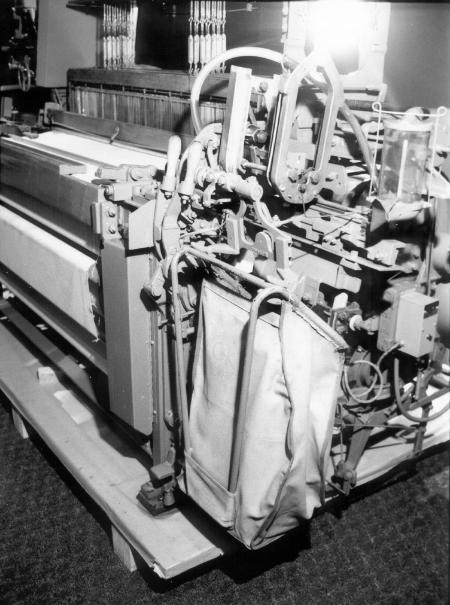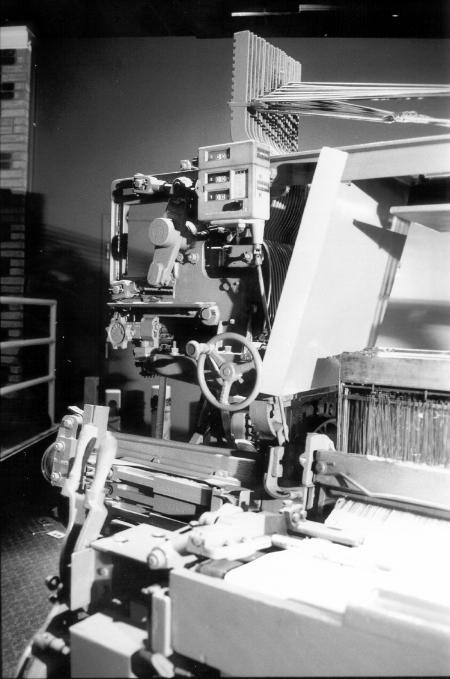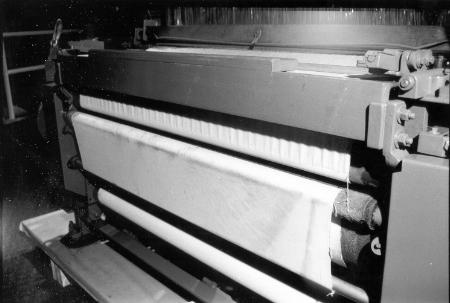Loom
Use this image
Can I reuse this image without permission? Yes
Object images on the Ingenium Collection’s portal have the following Creative Commons license:
Copyright Ingenium / CC BY-NC-ND (Attribution-NonCommercial 4.0 International (CC BY-NC 4.0)
ATTRIBUTE THIS IMAGE
Ingenium,
1987.2060.001
Permalink:
Ingenium is releasing this image under the Creative Commons licensing framework, and encourages downloading and reuse for non-commercial purposes. Please acknowledge Ingenium and cite the artifact number.
DOWNLOAD IMAGEPURCHASE THIS IMAGE
This image is free for non-commercial use.
For commercial use, please consult our Reproduction Fees and contact us to purchase the image.
- OBJECT TYPE
- POWER/20 HARNESS/SILK
- DATE
- Unknown
- ARTIFACT NUMBER
- 1987.2060.001
- MANUFACTURER
- Crompton & Knowles Loom Works
- MODEL
- S-6
- LOCATION
- Worcester, Massachusetts, United States of America
More Information
General Information
- Serial #
- N/A
- Part Number
- 1
- Total Parts
- 5
- AKA
- N/A
- Patents
- N/A
- General Description
- METAL WITH WOOD, SYNTHETIC, LEATHER, FIBRE (INCLUDING WORK SET UP ON LOOM) & FUR LINING SHUTTLES
Dimensions
Note: These reflect the general size for storage and are not necessarily representative of the object's true dimensions.
- Length
- 296.0 cm
- Width
- 190.0 cm
- Height
- 188.0 cm
- Thickness
- N/A
- Weight
- N/A
- Diameter
- N/A
- Volume
- N/A
Lexicon
- Group
- Industrial Technology
- Category
- Industrial equipment
- Sub-Category
- N/A
Manufacturer
- AKA
- Crompton Knowles
- Country
- United States of America
- State/Province
- Massachusetts
- City
- Worcester
Context
- Country
- Unknown
- State/Province
- Unknown
- Period
- Unknown
- Canada
-
Textile manufacturing has been an important industry in Canada since the mid-nineteenth century. Since its early days, the textile industry was mainly based in what is now Ontario and Quebec. Early European settlers produced home spun textiles (from hemp, and later wool or linen-wool blends), but textiles were also imported. (A. B. McCullough, The Primary Textile Industry in Canada: History and Heritage, Ottawa: National Historic Sites, Parks Service, 1992, p45) By the early 19th century, elements of the textile industry had moved from outside the home, into factories (McCullough p46). The earliest factories worked with wool. Cotton (never used substantially in home production because cotton cannot be grown in Canada) factories were first established in Lower Canada in the 1840s (McCullough p52). By the beginning of the twentieth century, the textile industry was well established in Canada. Canada started importing synthetic fabrics in the early twentieth century, but did not start manufacturing them until after 1924 (McCullough p10). The synthetic sector grew throughout the mid-twentieth century and continued to expand after the Second World War, in part at the expense of the natural fibre sector (McCullough p145; Douglas Hallam, The Textile Industry, p272-273). Synthetic textiles became increasingly popular after the war due to a combination of factors: post war shortages and a population boom created a greater demand for fabric than natural textile production could meet; North American companies wanted independence from European suppliers; industries towards independence from the European producers such as English woolens and French silk finery; and a successful series of advertisement campaigns that promoted artificial fabrics as the “choice” garments of modern men and women (Susannah Handley, Nylon, 25-53). Although the textile industry always relied heavily on imported raw materials (wool from England and Australia, cotton from the United States, and petrochemical compounds for synthetic fibres from the United States and Japan ), at its peak in the mid twentieth century it not only filled more than half of the demand of the domestic market, but also managed to meet the requirements of the military (Hallam 273, 277). In the 1960s and 1970s, the international market pushed the industry to rationalize. In most cases, only major firms survived (McCullough 147). The textile industry was an important Canadian employer. According to A. B. McCullough, of the Canadians working in manufacturing in 1880, 13% worked in the clothing industry and 5% produced textiles (p9). The industry supplied crucial industrial employment in the difficult years of 1930-1935. Throughout the twentieth-century, there were a number of periods of labour unrest, which variously focused on working hours, safety, and wages. By the 1970s, Canadian textile workers earned the highest pay in the sector across the globe (McCullough 95-114). This loom was used in DuPont Canada’s Kingston mill, which manufactured synthetic textiles. Its parent company, E. I. du Pont de Nemours, created by Elenthere Irenee DuPont in 1802, originally specialized in the production of black explosive powder, which it supplied to the American military and which also was used in frontier exploration/expansion (Handley 13-14). DuPont continued to develop and produce explosives throughout the nineteenth century (14-15). In 1902, DuPont began to expand and greatly diversify its output with plants manufacturing various chemical components, varnishes, and dyes (Handley 24). Additionally, it contributed to the evolution of modern chemical engineering and enriched the rapidly growing faculty of chemical engineering in MIT (Pap Ndiave, Nylong and Bombs, p57). DuPont has been influential in textiles since the mid-twentieth century. Much of the company’s success was due to its work with synthetic fibres. DuPont engineered a large portion of the synthetic fabrics of the twentieth century, the best-known being nylon. Nylon revolutionized the manufacturing of stockings, eliminating the need for silk. As of 2019, a small subsiduary of DuPont still deals with innovative textiles such as nylon, Kevlar, and Tyvek. DuPont had had investments in Canada for sometime, and in 1954, the company created DuPont Canada Limited. DuPont Canada played a big role in the textile industry. In 1960s and 1970s, DuPont Canada was the leader in sales and second in employment in the sector (Richard paul Olsen, The Textile Industry) . The DuPont research and development facility in Kingston, Ontario had a multimillion dollar budget and contributed to the advancements in the field of chemical engineering (Julia McKay, Quality People Fiber). - Function
-
TO AUTOMATICALLY WEAVE FIBRES INTO CLOTH - Technical
-
This model – S-6 – is a rayon loom that was valued for its high-speed operations and the fine quality of fabric it produced (see order forms in supp. info.) . This loom was versatile and adaptable to the needs of production as it could use varied densities of fibre and produce a range of fabric denier (thread count). It was powered by an electric motor. This loom was manufactured by the Crompton and Knowles Corporation – a US company operating in Massachusetts that designed, patented, and manufactured a variety of complex textile machinery and the electric motors for it (Crompton & Knowles Loom Works. Weaving machinery for cotton, silk, woolen, worsted and special fabrics. Worcester, Mass., Crompton & Knowles Loom Works [c1918]). According to Alan McCullough, the Canadian textile industry generally imported technology (p11). DuPont Canada acquired this loom through Crompton and Knowles Canada, based in Montreal, which provided and installed equipment for Canadian mills. It also supplied spare parts, various accessories, and personnel to service the machines and train the mill employees. - Area Notes
-
Unknown
Details
- Markings
- MFR'S PLATES 'CROMPTON & KNOWLES/ CORPORATION/ WORCESTER, MASS., U.S.A.' & 'S-6'/ OTHER PLATE 'SILK LOOM'/ PLATE ON MOTOR'WESTINGHOUSE/ Life-Line/ LOOM MOTOR' & INCLUDES 'HP 1 DESIGN LOOM/... VOLTS 550 40 oC RISE 24 HOURS/... SERIAL 9-1482790'
- Missing
- N/A
- Finish
- PAINTED GREEN, NOT ORIGINAL FINISH/ SILVER-TONE PTS, SOME NOW APPEAR CORRODED/ SOME VARNISHED WOOD PTS, SOME BLACK PTS
- Decoration
- N/A
CITE THIS OBJECT
If you choose to share our information about this collection object, please cite:
Crompton & Knowles Loom Works, Loom, Unknown Date, Artifact no. 1987.2060, Ingenium – Canada’s Museums of Science and Innovation, http://collection.ingeniumcanada.org/en/id/1987.2060.001/
FEEDBACK
Submit a question or comment about this artifact.
More Like This
